The fourth course at Bandon is Old MacDonald, a collaborative effort between Tom Doak, George Bahto…and Charles Blair MacDonald. Replica holes like the Redan and the Road Hole have come back in fashion in the past few decades and these, of course, were MacDonald’s calling card. His courses were comprised largely of his takes on famous holes from the UK, often with interesting adaptations to fit their sites. Doak, Bahto, and company decided to do a similar thing here with the set of holes that MacDonald often used (plus some additional UK holes that he didn’t), although with perhaps even less concern about replicating the details of original holes. Several of these holes would be better described as ‘inspired by’ the originals rather than replicas of them.
I’m not going to spend too much of this review analyzing these holes for how well they capture the originals. I haven’t played most of the originals. And honestly, I couldn’t tell you which hole most of the holes here are replicating (or ‘inspired by’). I’m going to focus on what I see as their merits as golf holes, all that aside.
And there are two things that stand out to me about this course. One, the land itself, which reminds me more of British links land than any of the other courses at Bandon in that much of the property is fairly flat but bumpy. Two, the greens, which are huge and heavily contoured. It’s interesting that Doak’s two courses at Bandon are this and Pacific Dunes…because they’re probably the two least-similar courses here. The primary challenge at Pacific Dunes is the narrow greens, which heavily favor certain angles of approach. The green contours are minimal. The opposite is the case here; the green contours are the principle challenge here. The angle of approach is less important, although where you miss relative to the pin is.
While I think Old Macdonald’s style stands in starkest contrast with Pacific Dunes, its reputation at Bandon seems to contrast most with Bandon Trails. What I mean by that is that while everyone likes Bandon Trails and consistently rates it as one of the top 2 courses at Bandon, Old MacDonald seems to be very polarizing. Some like it a lot, others (including several of the guys I went with) think it’s the weakest course at Bandon. This doesn’t surprise me because severe greens are always polarizing. I’d probably have it in the bottom half of the Bandon courses (but not last) but there’s a critical caveat: this is probably the most complicated of the Bandon courses and I only played it once. It’s a course that you need to play a few times because there’s a lot going on and you can probably make much more sense of it on repeat plays.
The first drive is inviting enough…especially when it’s too cold to hit it the roughly 250 yards to reach the right bunker. The most notable thing about this hole, as with pretty much every hole here, is the green, which is the Double Plateau green. The front-right of the green is large and modestly contoured, but there are plateaus on the left and at the back-right. The back-right plateau is very small and apparently they never put the pin there because it runs off on all sides and kills the pace of play. Maybe it wasn’t a great idea to make this the first green.
I’m not going to spend too much of this review analyzing these holes for how well they capture the originals. I haven’t played most of the originals. And honestly, I couldn’t tell you which hole most of the holes here are replicating (or ‘inspired by’). I’m going to focus on what I see as their merits as golf holes, all that aside.
And there are two things that stand out to me about this course. One, the land itself, which reminds me more of British links land than any of the other courses at Bandon in that much of the property is fairly flat but bumpy. Two, the greens, which are huge and heavily contoured. It’s interesting that Doak’s two courses at Bandon are this and Pacific Dunes…because they’re probably the two least-similar courses here. The primary challenge at Pacific Dunes is the narrow greens, which heavily favor certain angles of approach. The green contours are minimal. The opposite is the case here; the green contours are the principle challenge here. The angle of approach is less important, although where you miss relative to the pin is.
While I think Old Macdonald’s style stands in starkest contrast with Pacific Dunes, its reputation at Bandon seems to contrast most with Bandon Trails. What I mean by that is that while everyone likes Bandon Trails and consistently rates it as one of the top 2 courses at Bandon, Old MacDonald seems to be very polarizing. Some like it a lot, others (including several of the guys I went with) think it’s the weakest course at Bandon. This doesn’t surprise me because severe greens are always polarizing. I’d probably have it in the bottom half of the Bandon courses (but not last) but there’s a critical caveat: this is probably the most complicated of the Bandon courses and I only played it once. It’s a course that you need to play a few times because there’s a lot going on and you can probably make much more sense of it on repeat plays.
The first drive is inviting enough…especially when it’s too cold to hit it the roughly 250 yards to reach the right bunker. The most notable thing about this hole, as with pretty much every hole here, is the green, which is the Double Plateau green. The front-right of the green is large and modestly contoured, but there are plateaus on the left and at the back-right. The back-right plateau is very small and apparently they never put the pin there because it runs off on all sides and kills the pace of play. Maybe it wasn’t a great idea to make this the first green.
I think the par 3 second is Old MacDonald’s take on the Eden hole at St. Andrew’s, with the deep fronting Strath bunker. The green is much deeper than appears from the tee and you don’t want to mess with right pins. You also really don’t want to go long.
The drive on the short par 4 third is one of the resort’s most famous, blind over a steep ridge with the famous ‘Ghost Tree.’ From the tips, the tree is probably just left of the line to the green and this is probably the ideal line. The fairway slopes heavily to the right but if you hug the left side closely enough with your drive, you can probably get it to bound forward toward the green.
I hit what I thought was the crappiest slice ever…and still ended up it the fairway with a decent look at the green. There’s probably something to be gained with a good drive here but not much to be lost, unless you hook it into the dunes on the left or hit a bomb way out to the right.
I hit what I thought was the crappiest slice ever…and still ended up it the fairway with a decent look at the green. There’s probably something to be gained with a good drive here but not much to be lost, unless you hook it into the dunes on the left or hit a bomb way out to the right.
There’s a lot to be lost if you don’t hit a good drive on the almost impossibly-long par 4 fifth (I moved up a set of tees and it’s still 470). There’s a ridge running diagonally from short-left to long-right up the fairway and takes probably 260 to carry it up the right, even from the 470 tees. For most of us, it’s best to aim left and mentally adjust to this playing as a par 5 because the green is fronted by a dip that will carry your ball off to the right and is very hard to hit from long range.
The short par 3 fifth, aptly named ‘short,’ can be either very easy or very hard, depending on what you do from the tee. It’s obvious from the tee what the main issue here is: the green is huge and crazy. But one thing that I really liked about this hole is that it’s easy to tell from the tee where you can and can’t miss it, regardless of where the pin is. For this pin, you obviously don’t want to miss up the slope to the right (which of course I then did). Short is probably fine but a bit long is very good because the slope should bring your ball back toward the hole. It’d be similar if the pin were in the bowl up the hill to the right.
Some people find this green too severe but it doesn’t bother me because it’s transparent and with a little bit of attention and some thinking, you can develop a sensible approach to it. (whether you deliver on that is another matter). But this hole wouldn’t work as well if parts of the green were obscured.
Some people find this green too severe but it doesn’t bother me because it’s transparent and with a little bit of attention and some thinking, you can develop a sensible approach to it. (whether you deliver on that is another matter). But this hole wouldn’t work as well if parts of the green were obscured.
Naturally following the hole called ‘short’ we should have one called ‘long.’ There are some bunkers up the left side of the fairway but no reason as far as I can tell to challenge them. The bigger issue is a massive bunker fronted by wooden bulkheads that largely cuts off the direct path to the green and which requires you to get within about 100 yards of the green to carry.
I believe that the short par 4 seventh is an original. It’s probably the most distinctive hole here. While you can shorten the hole by aiming at the green, the gorse is pretty tight on the left side and you certainly want no part of that. This hole is all about the uphill second shot. Simply put, you must get it up onto the level of the green or you’re screwed.
Eight is Old MacDonald’s take on the Biarritz and it’s a pretty loose interpretation. One of the distinctive things about this Biarritz is that the green slopes front-to-back. This probably makes front pins interesting, but also difficult if the hole is playing downwind.
I’m not really sure what the 415 yard ninth hole is supposed to be but I thought it was a good hole. It’s one of the tougher driving holes, with bunkers up the right and a few more encroaching further out on the left. It’s probably a bit better to be up the left side here to avoid having to come in over the front-right green side bunker.
I’m also not sure what the long par 4 tenth is, but I also liked it. The issue is obviously all the bunkers crossing the fairway. You’ll need about 240 from the 440 yard green tees to carry it. Into the wind, it’s probably best to just treat this like a par 5, just like the fourth hole (Or you can cheat and move up to the 380 yard gold tees, like I did).
The green is also incredibly tough to hit from any kind of distance. To be honest, this green probably works best for a mid to short-iron. I may not have liked this hole as much if I had played it from the tips or the green tees.
I knew what the eleventh hole was just standing on the tee—it’s the Road Hole. Now obviously this take is quite different from the original because you aren’t driving blind over a wall and a building. But you still don’t want to miss right, which is all bunkers and gorse.
Going by the analytics and not taking on the hazards up the right, I played to the left side of the fairway. Clearly it isn’t a good idea to go at the pin here and there appears to be more safe room right then left, so I tried to play to the front-right of the green. Well, I ended up pulling it and going at the far-left corner of the green…which wasn’t too bad a spot. I know that players will intentionally play toward the eighteenth tee when the pin is back-left and I can understand why.
I suspect that the best way to play the Road Hole is to completely reject its concept; aim left off the tee then aim long-left on the approach.
Going by the analytics and not taking on the hazards up the right, I played to the left side of the fairway. Clearly it isn’t a good idea to go at the pin here and there appears to be more safe room right then left, so I tried to play to the front-right of the green. Well, I ended up pulling it and going at the far-left corner of the green…which wasn’t too bad a spot. I know that players will intentionally play toward the eighteenth tee when the pin is back-left and I can understand why.
I suspect that the best way to play the Road Hole is to completely reject its concept; aim left off the tee then aim long-left on the approach.
The twelfth hole is supposed to be the Redan and while there doesn’t seem to be full agreement on whether it actually is a Redan, there seems to be close to universal agreement that it isn’t a good hole. The problem is that unless the pin is in the back-left, the green is perched too high above its surroundings and isn’t deep enough for anyone to be able to reasonably hit it. And if you don’t hit it, you can go back-and-forth. Unfortunately, it’s another of the many modern greens that completely overdo the Pinehurst runoff concept.
Apparently the short par 4 thirteenth is the Leven hole, which I know nothing about. But whether this hole is a close replica or not, it’s a solid hole in its own right. The major feature is the green, which has a huge bowl at its front-right. It’s probably best to play up the left side off the tee so that you’re playing into the opening of the green rather than over the bunkers. But the most important thing is not to miss long-left if the pin is on the right side. It’s probably almost impossible to two putt from there.
Fourteen is another short par 4 that I don’t recognize. Like thirteen, it’s an easy driving hole. I don’t think there’s much advantage to being up the left, so it’s best to aim up the right, away from the trouble. The main thing here is that like seven, you must be sure to carry your second up onto the green.
The par 5 fifteenth is called Westward Ho! and while I have played that course, this hole didn’t remind me of anything there (in part because there’s more than two feet of elevation change). It’s a lovely par 5 in its own right; there’s a lot of room off the tee and you should try to rip it as far as you can. The green is tiered and steeply pitched from back-to-front, so it’s important not to be too far past the hole.
Sixteen is an Alps/Punchbowl hole and it’s a very good one. If you can, it’s best to be long and up the right side because you might be able to get a view of the green. If you’re up the left side, it’s completely blind (we could have used an aiming post). It’s best to hedge short and left on the approach because the green slopes from back-right to front-left.
The par 5 seventeenth is a bit of a mess, but not a bad hole. It’s a split fairway, where you can make the longer carry up the right for the more direct line at the green or play out safely to the left. Going up the right would also bring trouble in the form of gorse right of that into play. For most of us, it’s probably best to just go up the left side.
As we can tell from my second picture below, if you don’t know the hole, it’s possible to play to the wrong green—the green on the right, which I’ve centered in my photo, is actually the second green. The seventeenth green is up the fairway past a bunch of bunkers on the left. I think again here it’s best to just stay far to the left, even though your third will probably be blind. There’s just too much trouble up the right side for any benefit you might get from hitting over there.
No one seems to think too much of the long par 4 eighteenth hole, with its very fake-looking punchbowl green. But it’s a challenging driving hole and I like the fact that you can run the ball onto the green using the mounds up the left side.
Overall, I really liked Old MacDonald. It’s different from the three previous Bandon courses and a nice change of pace. It’s much more of a test of the putter than those, more in line with several of Doak’s other courses, which are known for their severe greens. I know that a lot of people don’t like this about Doak’s courses, but I think that the severe greens work well here—they’re large enough and there’s enough room to play coming into them.
But one feeling that I had just a few holes in that has remained with me since is that I think they should have built a different type of course here. I mentioned at the outset that this land reminds me much more of classic links land than the other Bandon courses. Most of the property is flat but bumpy. And I think that given this, I would have preferred a course in the mould of the great Open Championship courses, with sod wall bunkers and more modest greens. None of the other courses at Bandon are anything like that and as far as I’m aware, there isn’t really anything in the US like that. It would have been a different way to bring variety to the resort and I think most people would have liked it more.
Still, Old MacDonald is the course at Bandon that I’m most interested in playing again on a return trip. I got to play Bandon Dunes and Trails twice each and while I only played Pacific Dunes once, I feel that it was much easier to grasp what’s going on there than it is here. I feel that there’s a lot that I could still learn about this course. I’m looking forward to having the opportunity to come back and find out.
But one feeling that I had just a few holes in that has remained with me since is that I think they should have built a different type of course here. I mentioned at the outset that this land reminds me much more of classic links land than the other Bandon courses. Most of the property is flat but bumpy. And I think that given this, I would have preferred a course in the mould of the great Open Championship courses, with sod wall bunkers and more modest greens. None of the other courses at Bandon are anything like that and as far as I’m aware, there isn’t really anything in the US like that. It would have been a different way to bring variety to the resort and I think most people would have liked it more.
Still, Old MacDonald is the course at Bandon that I’m most interested in playing again on a return trip. I got to play Bandon Dunes and Trails twice each and while I only played Pacific Dunes once, I feel that it was much easier to grasp what’s going on there than it is here. I feel that there’s a lot that I could still learn about this course. I’m looking forward to having the opportunity to come back and find out.
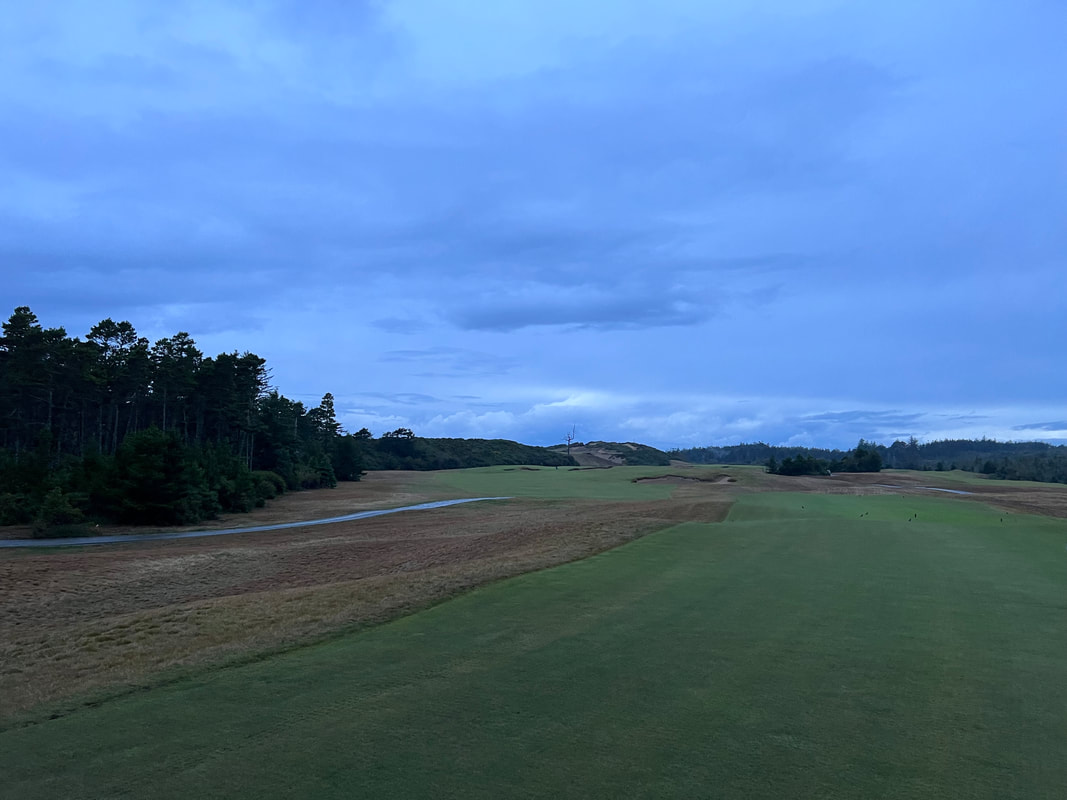
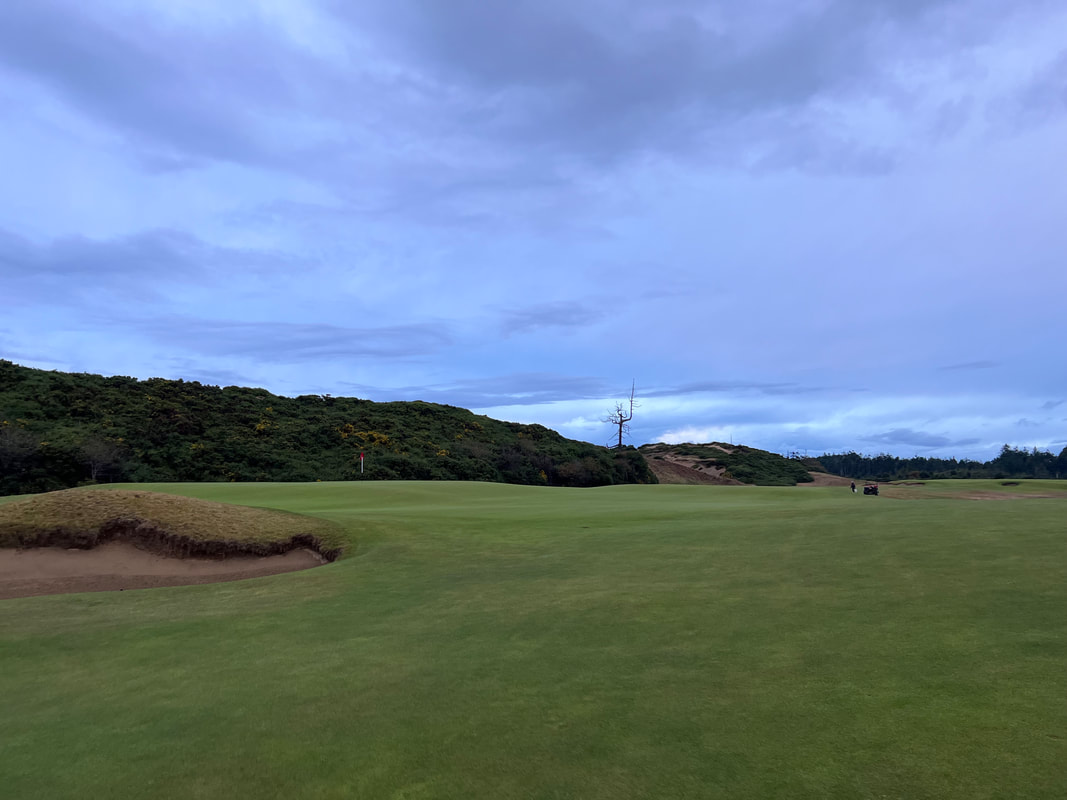
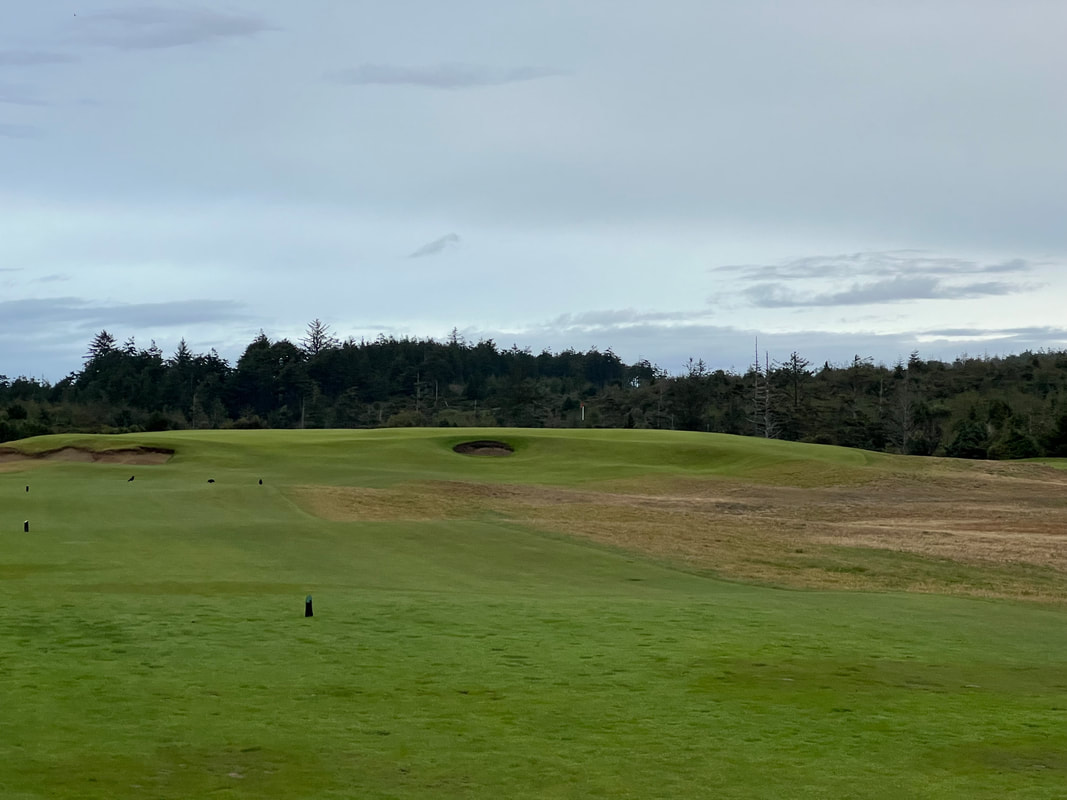
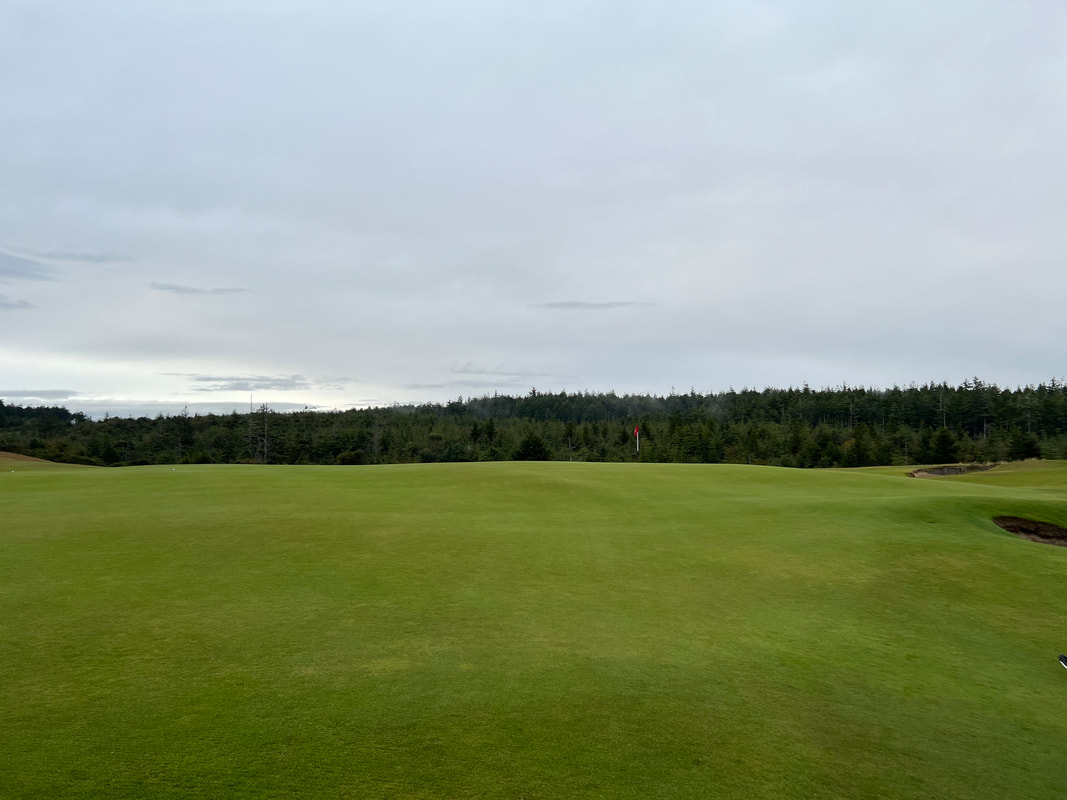
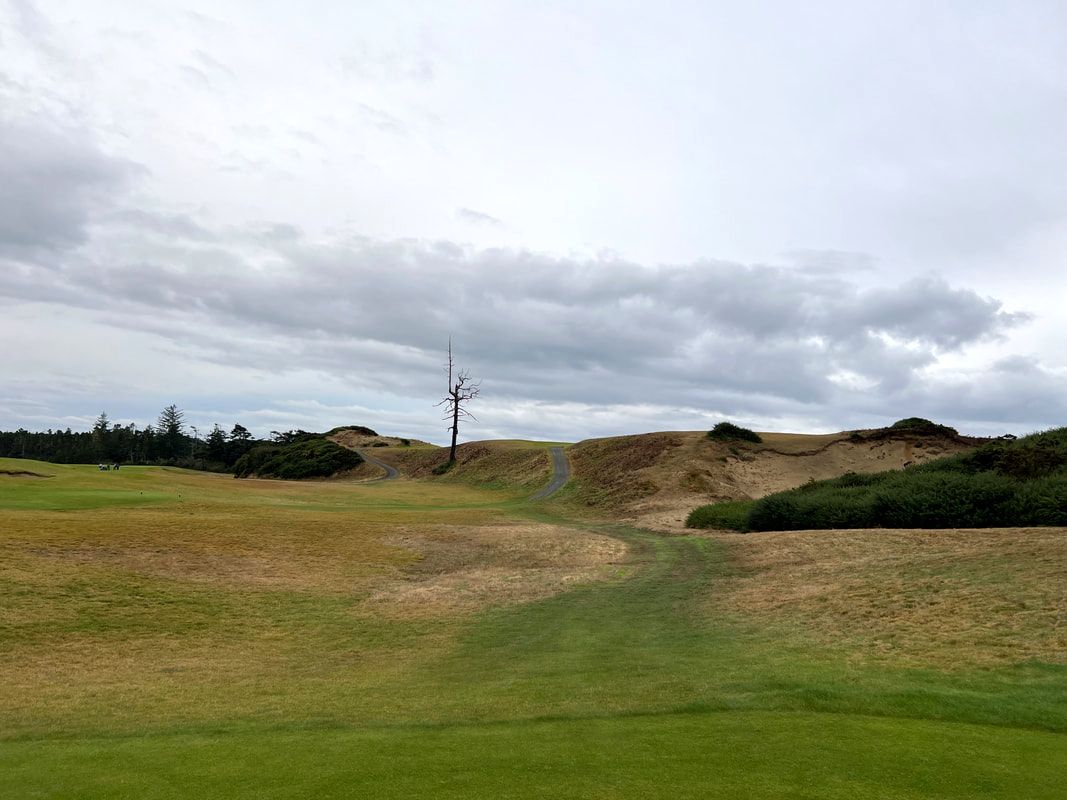
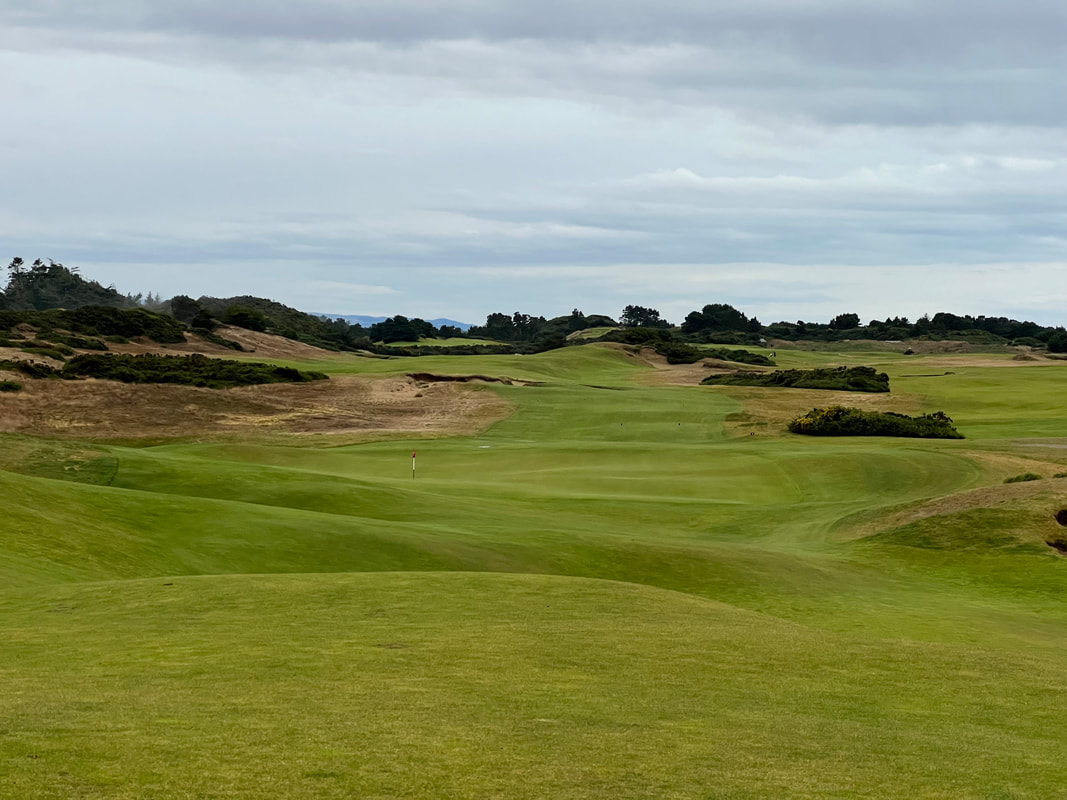
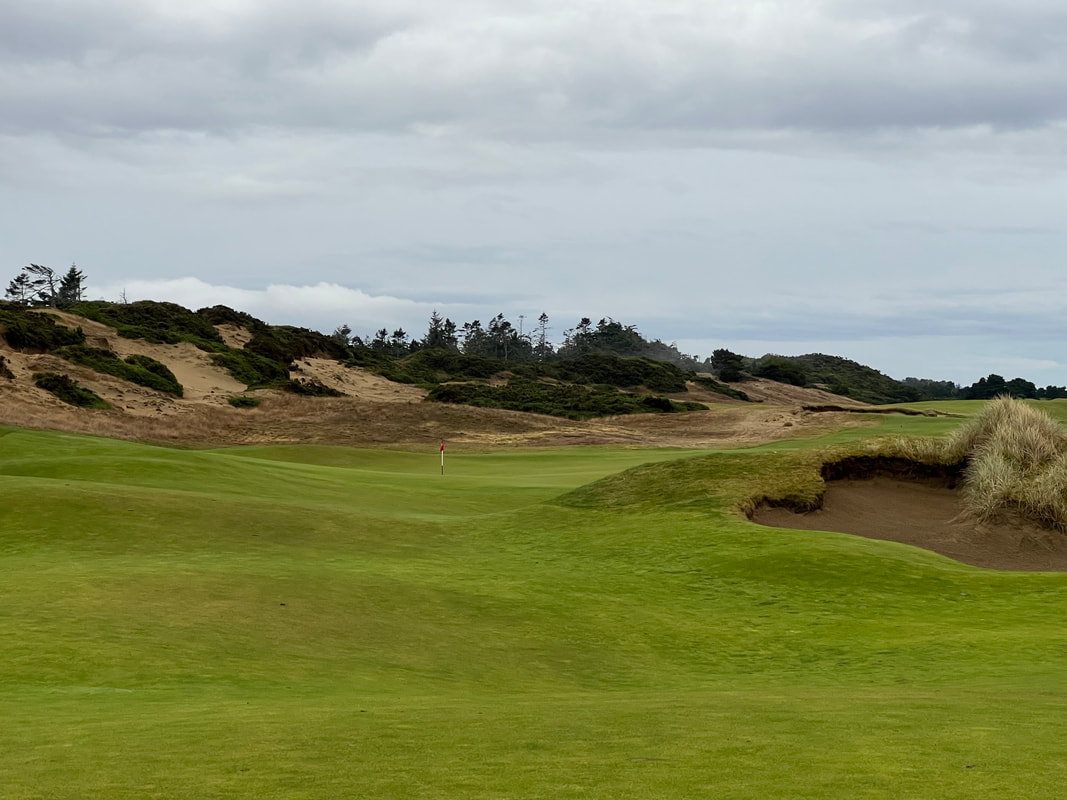
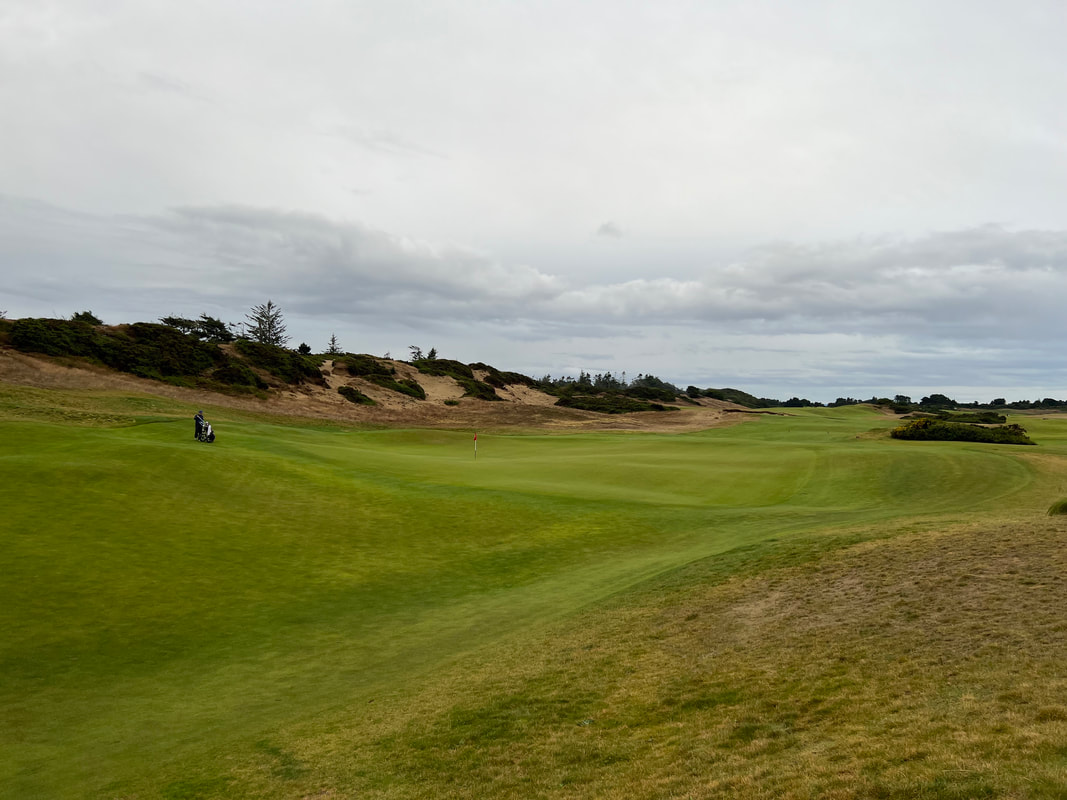
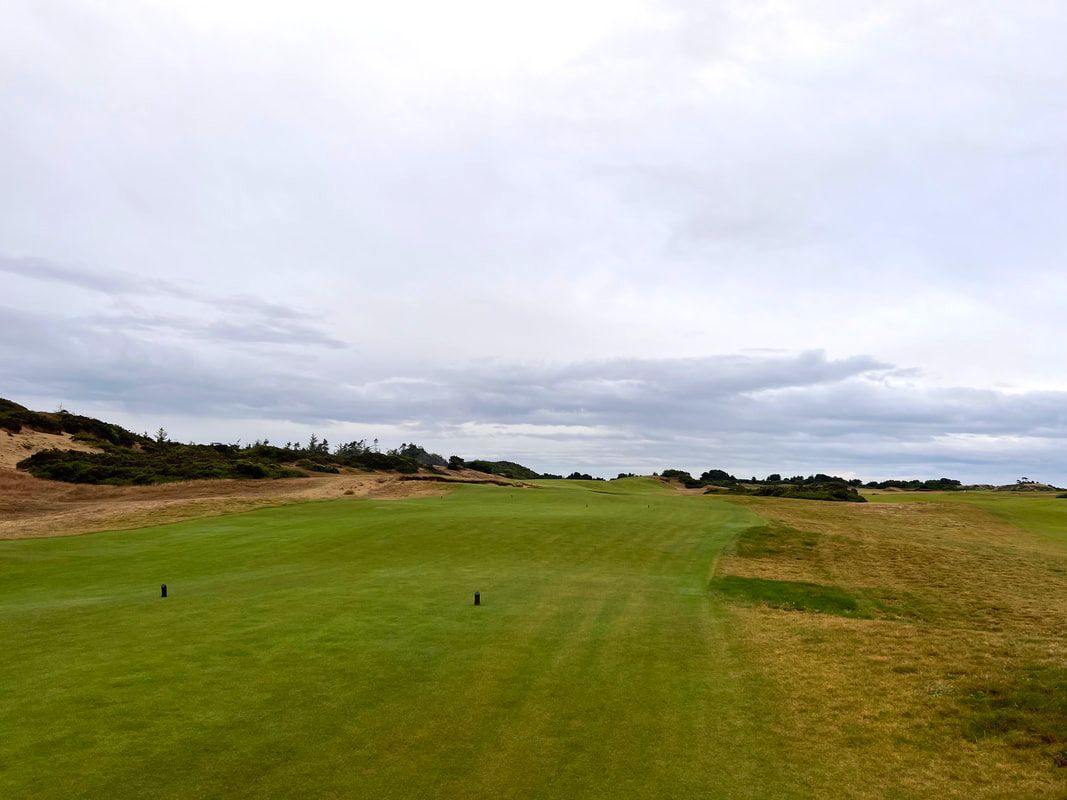
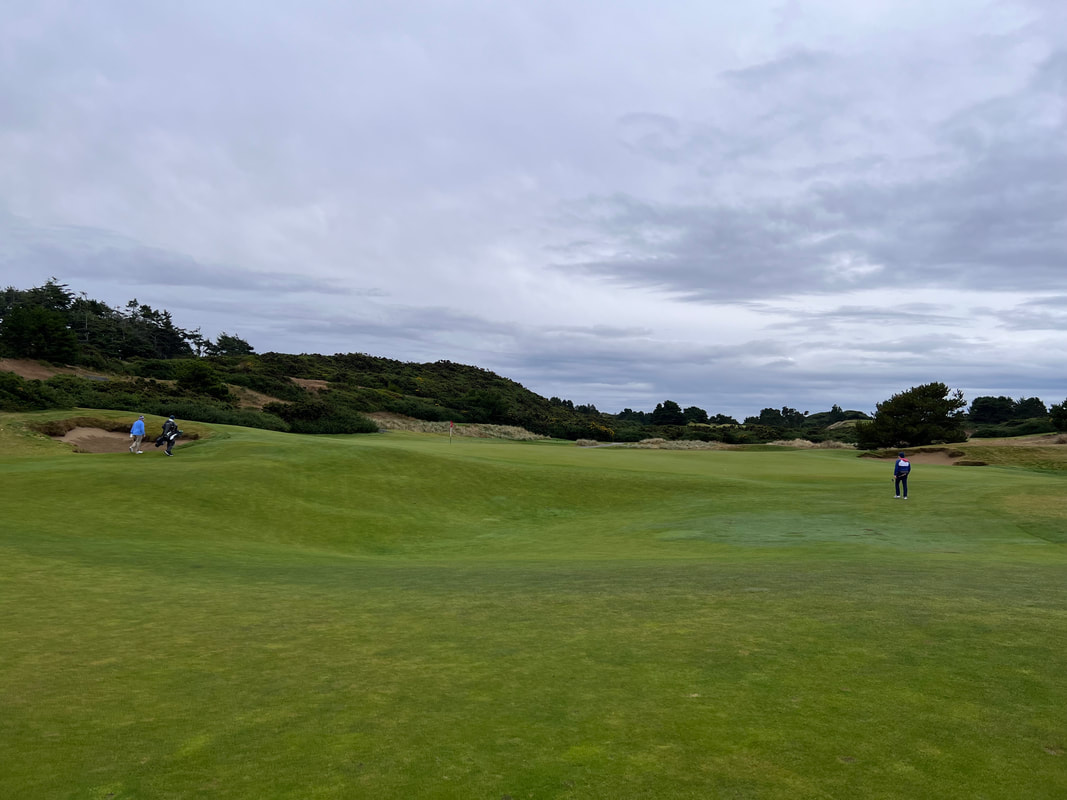
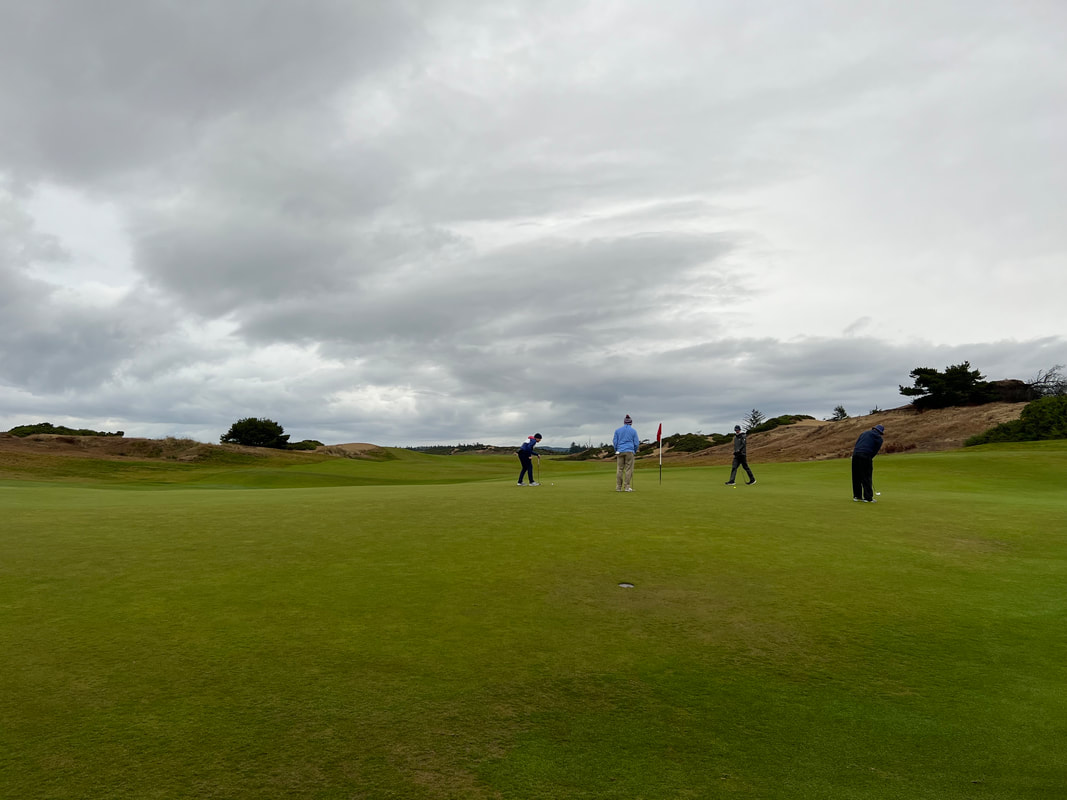
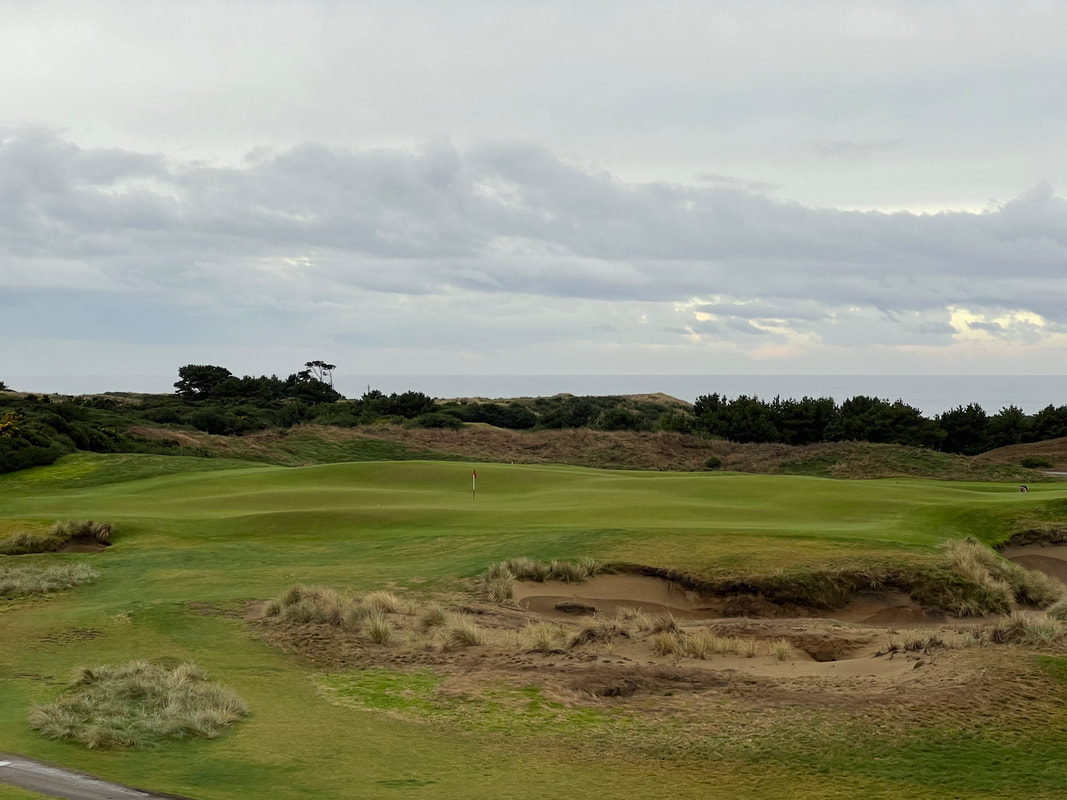
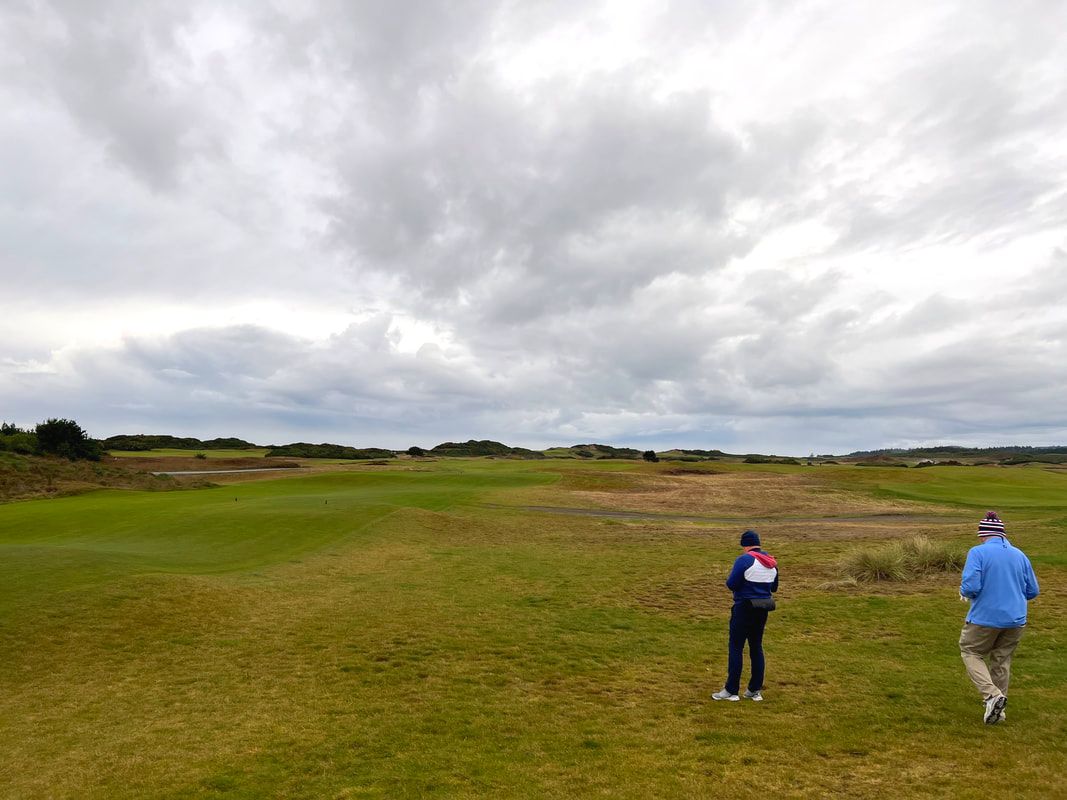
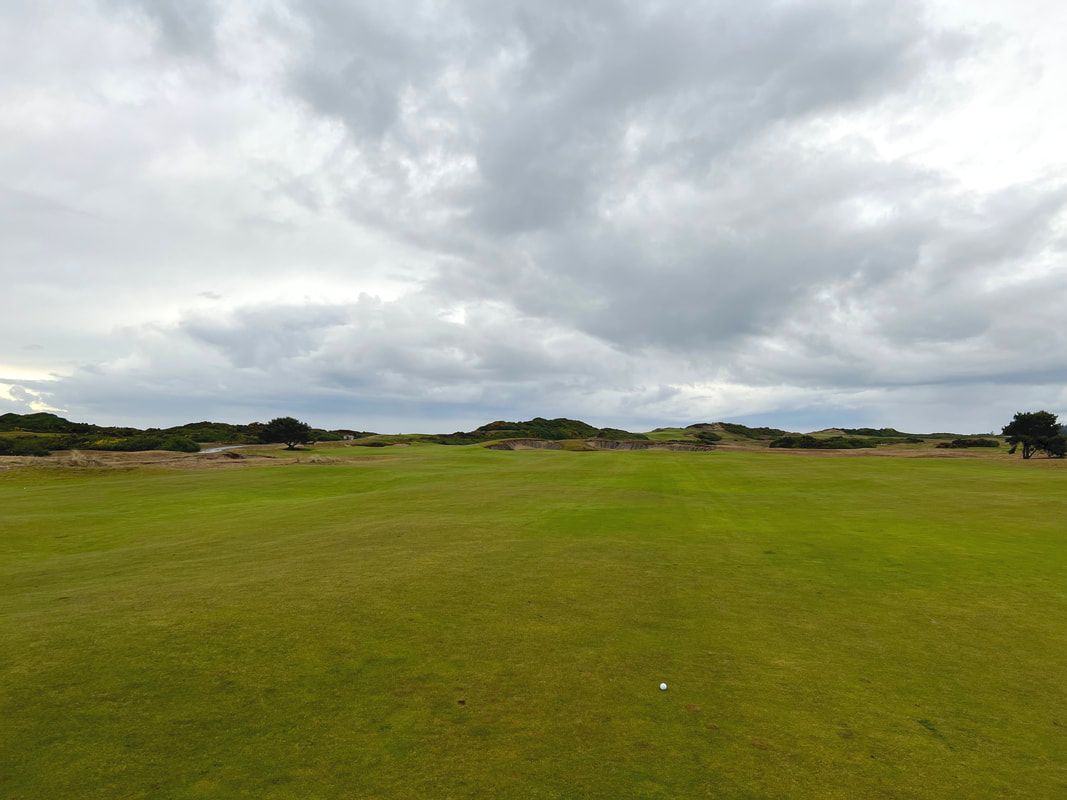
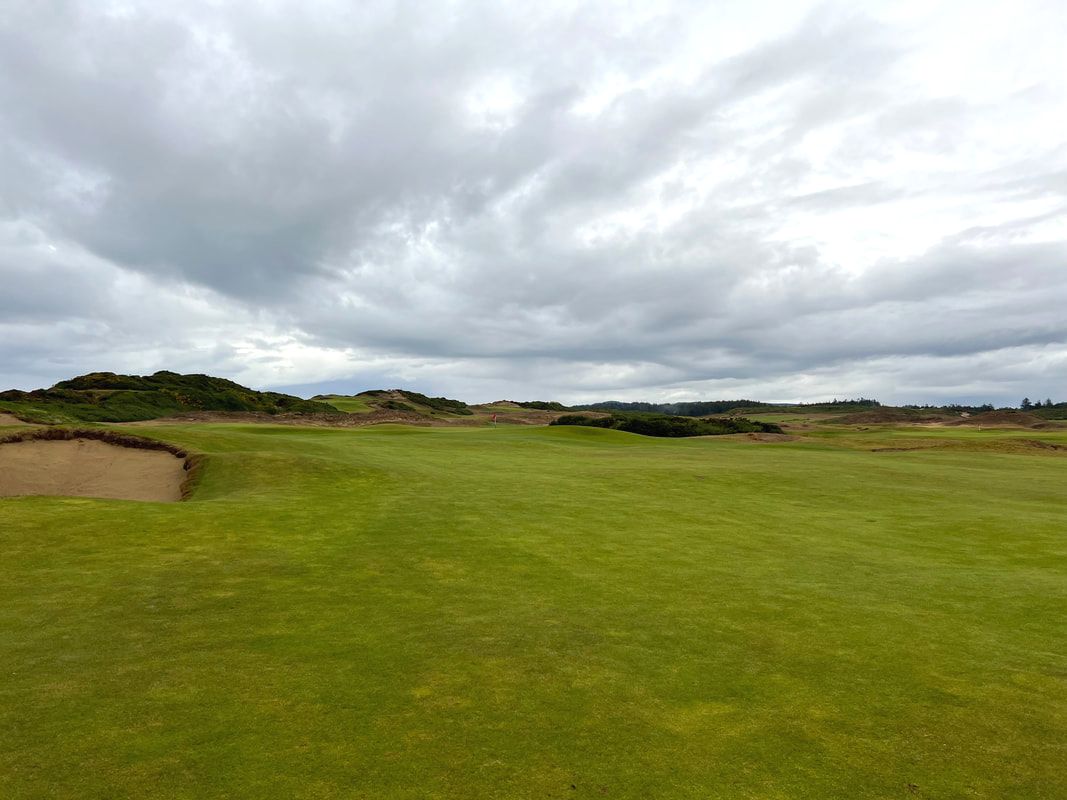
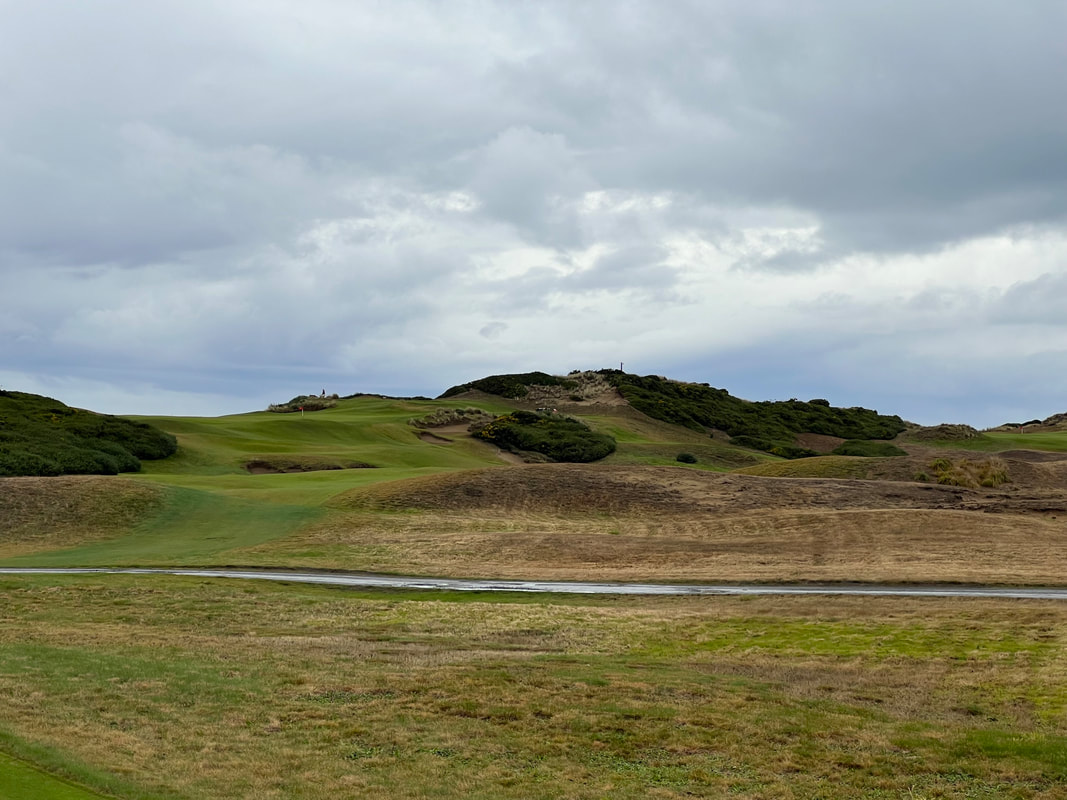
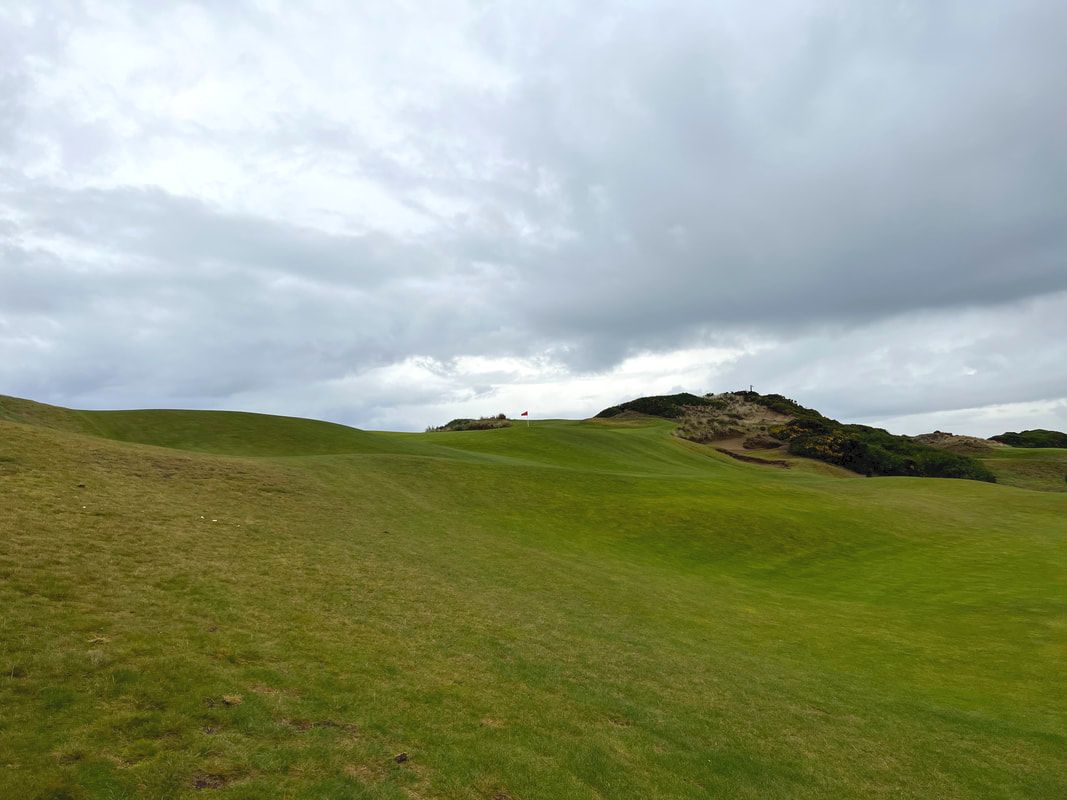
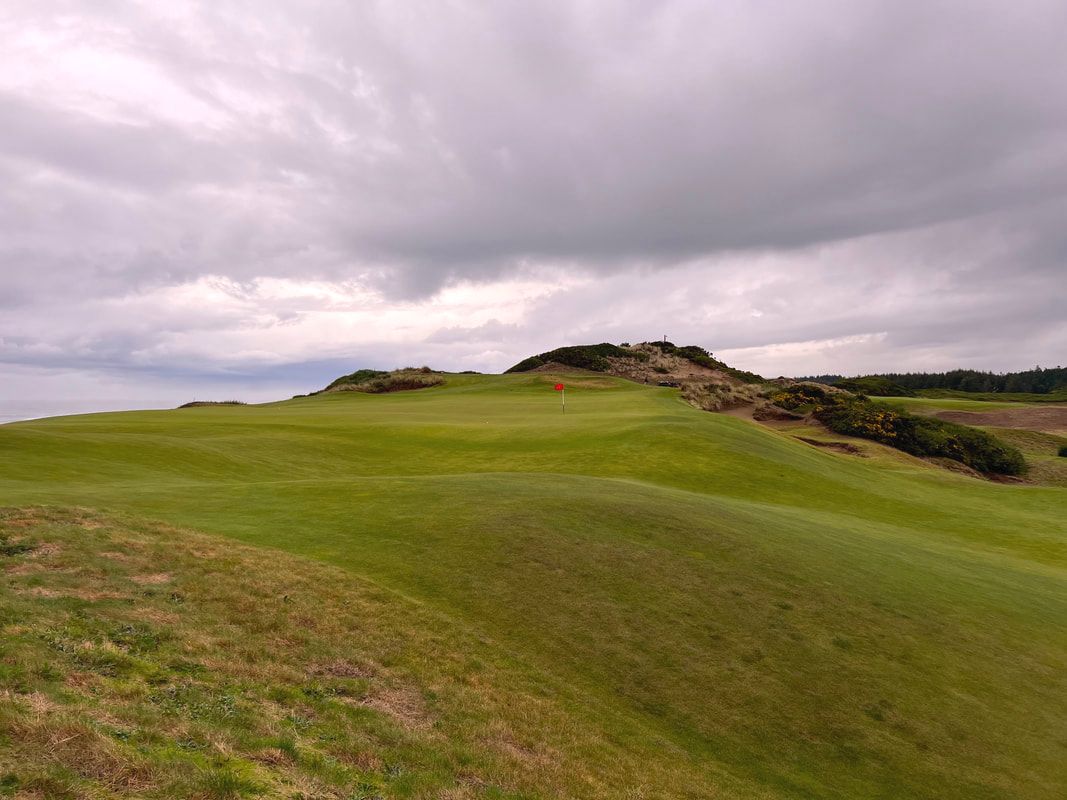
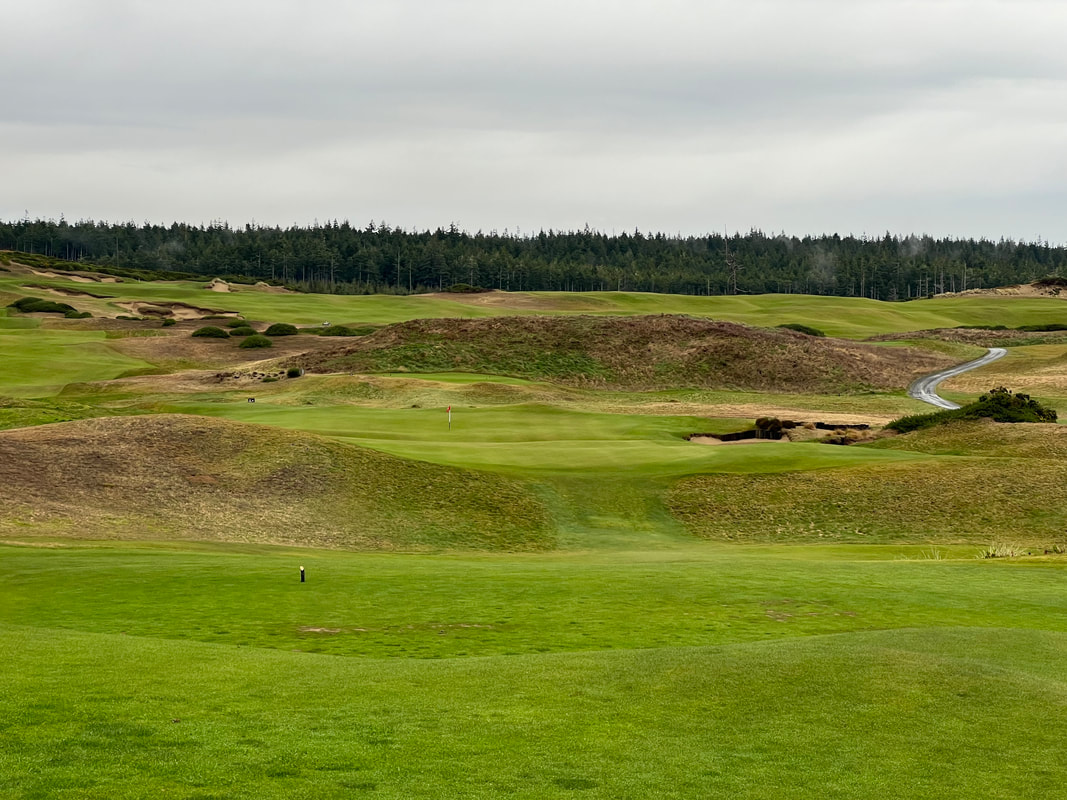
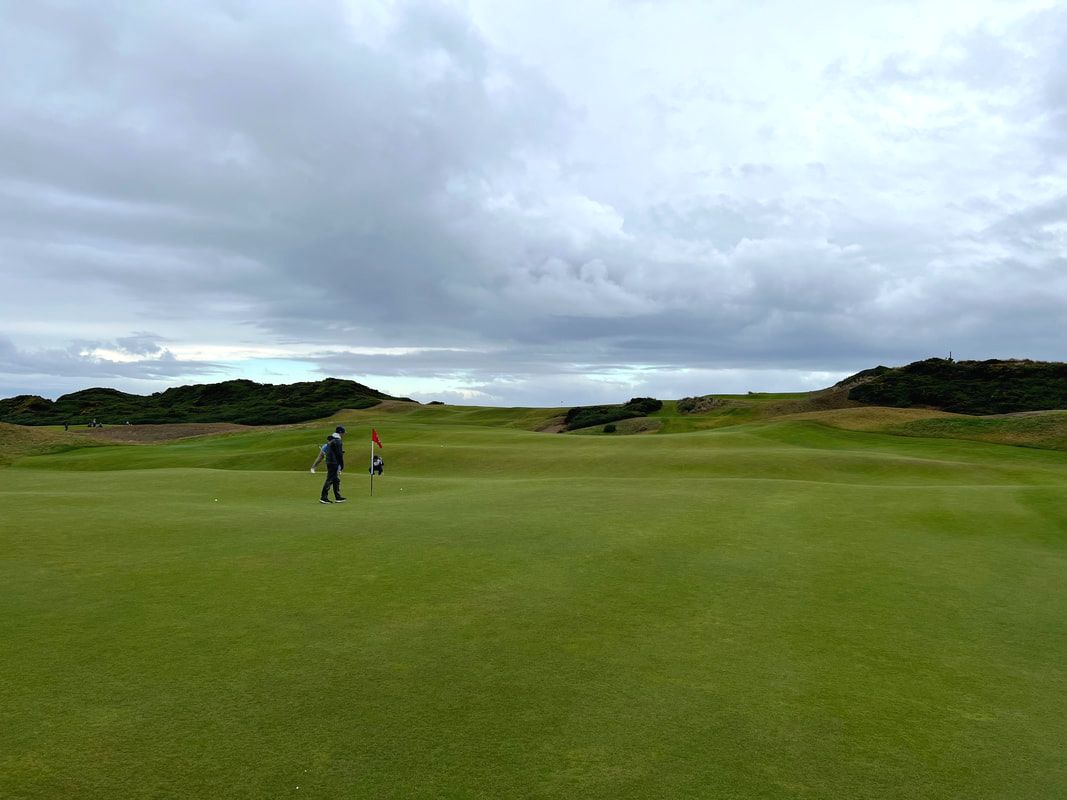
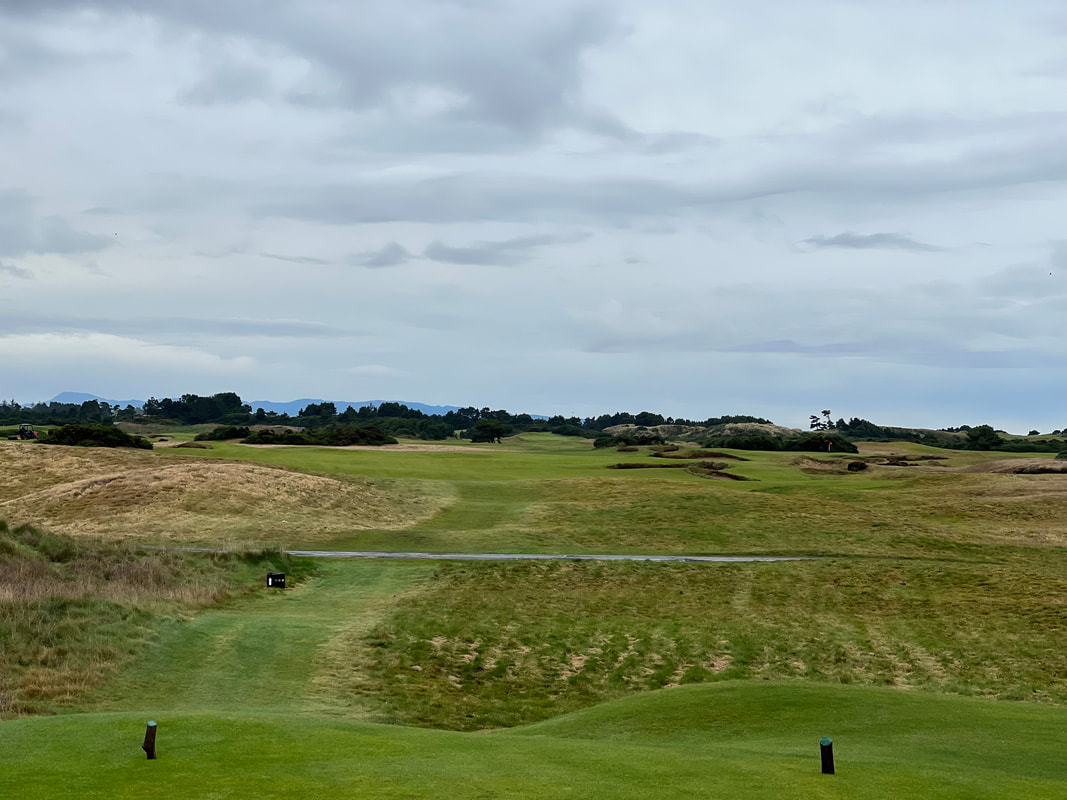
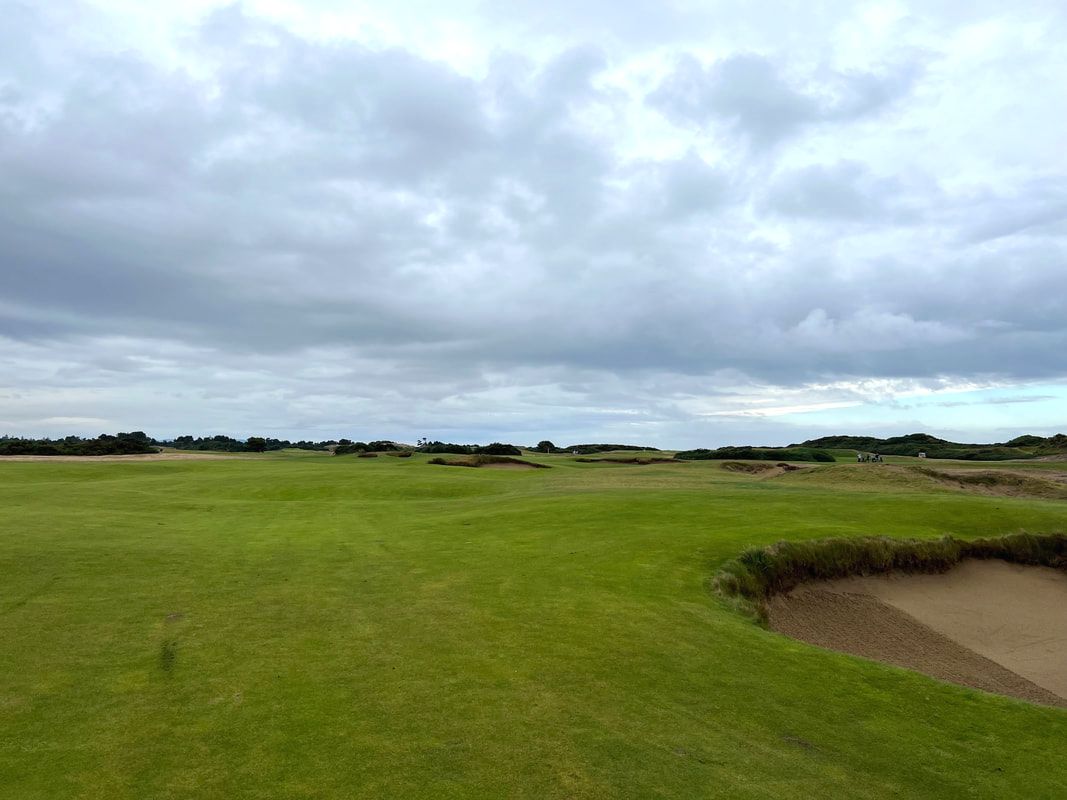
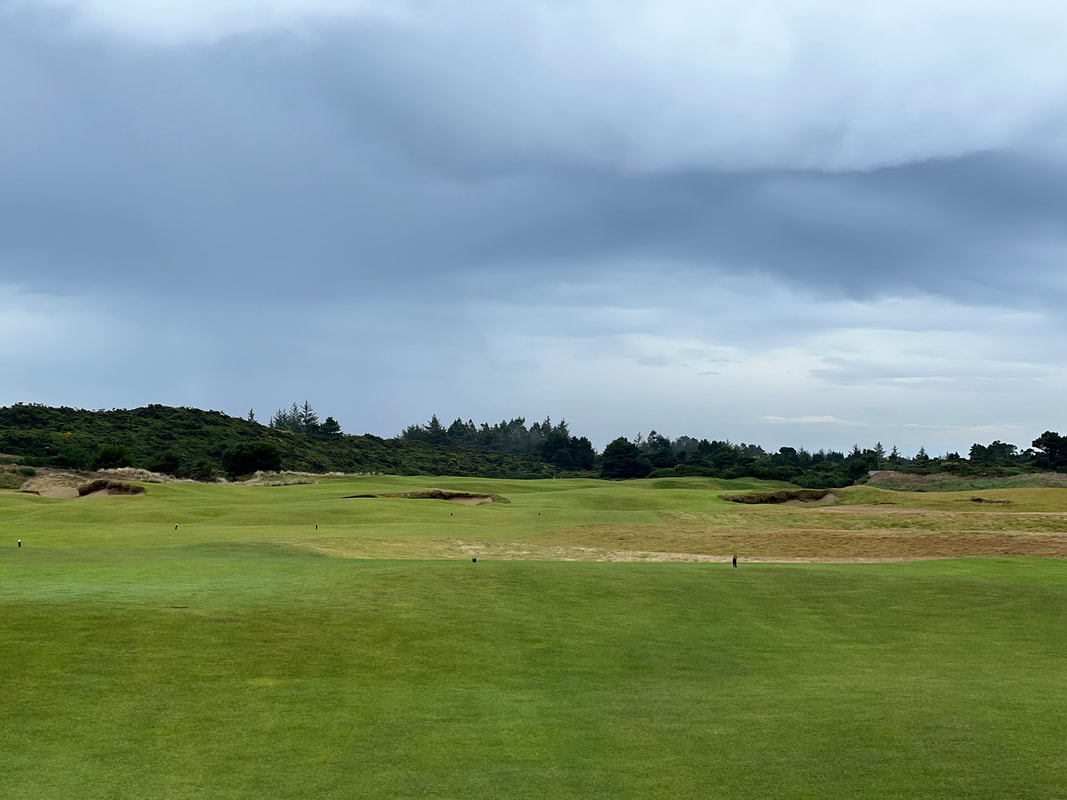
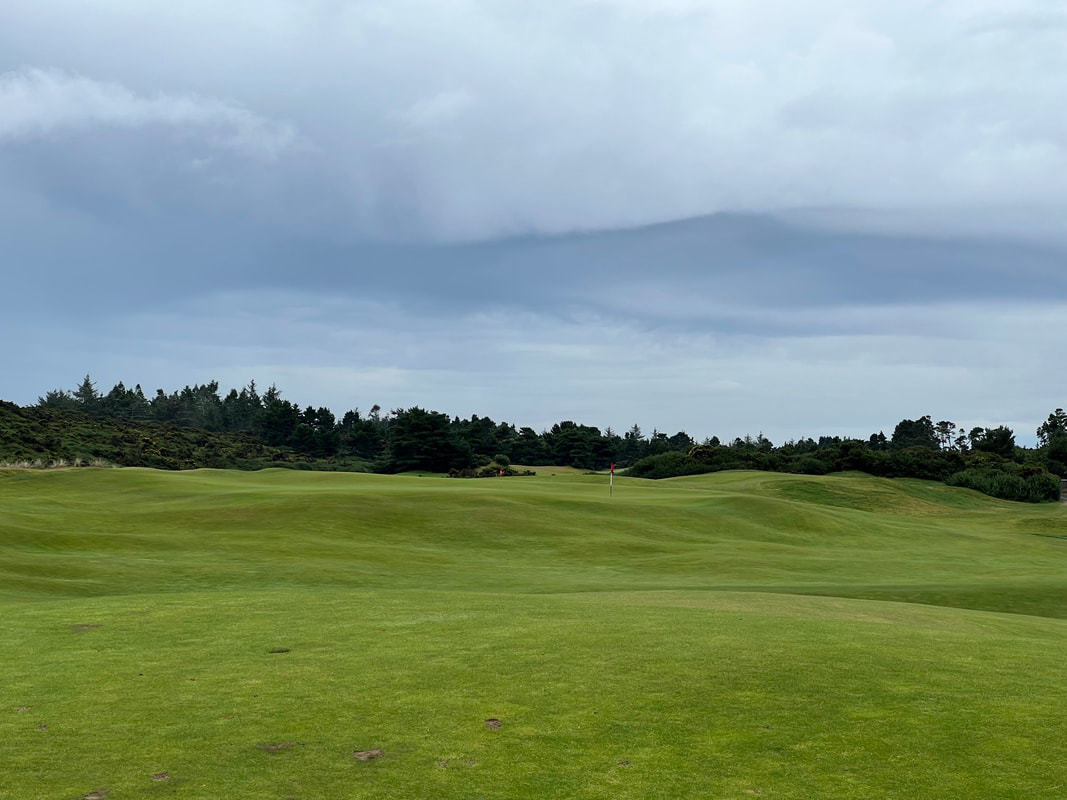
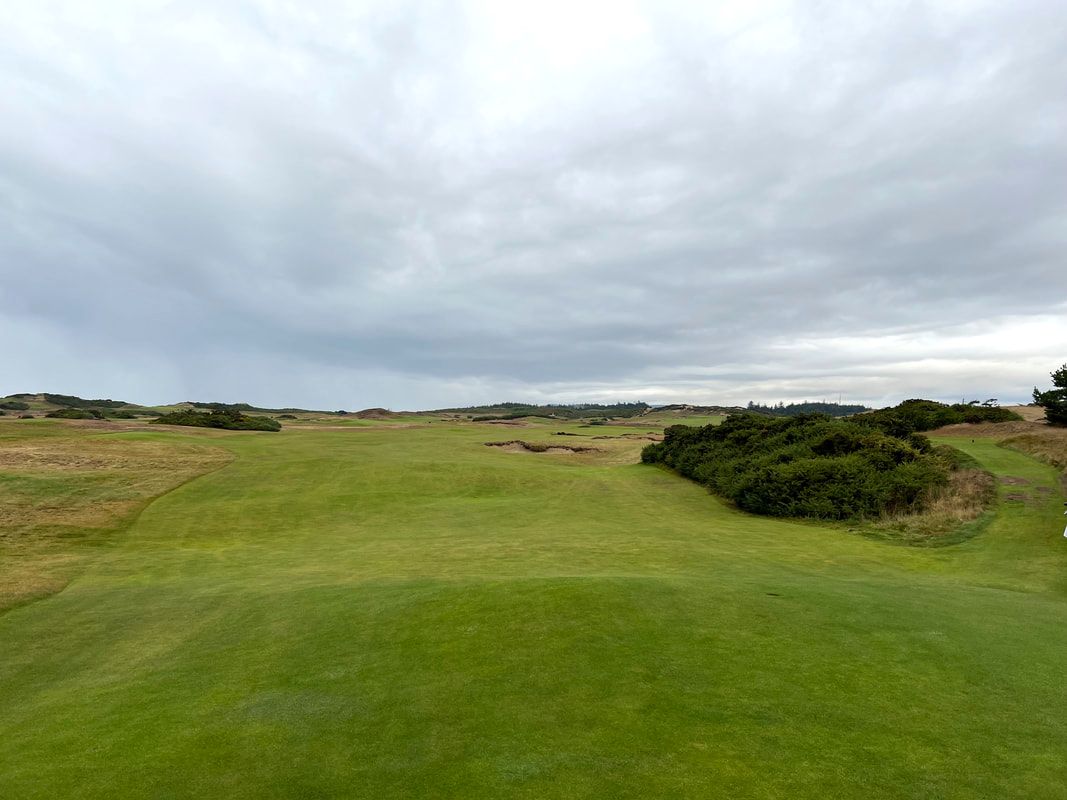
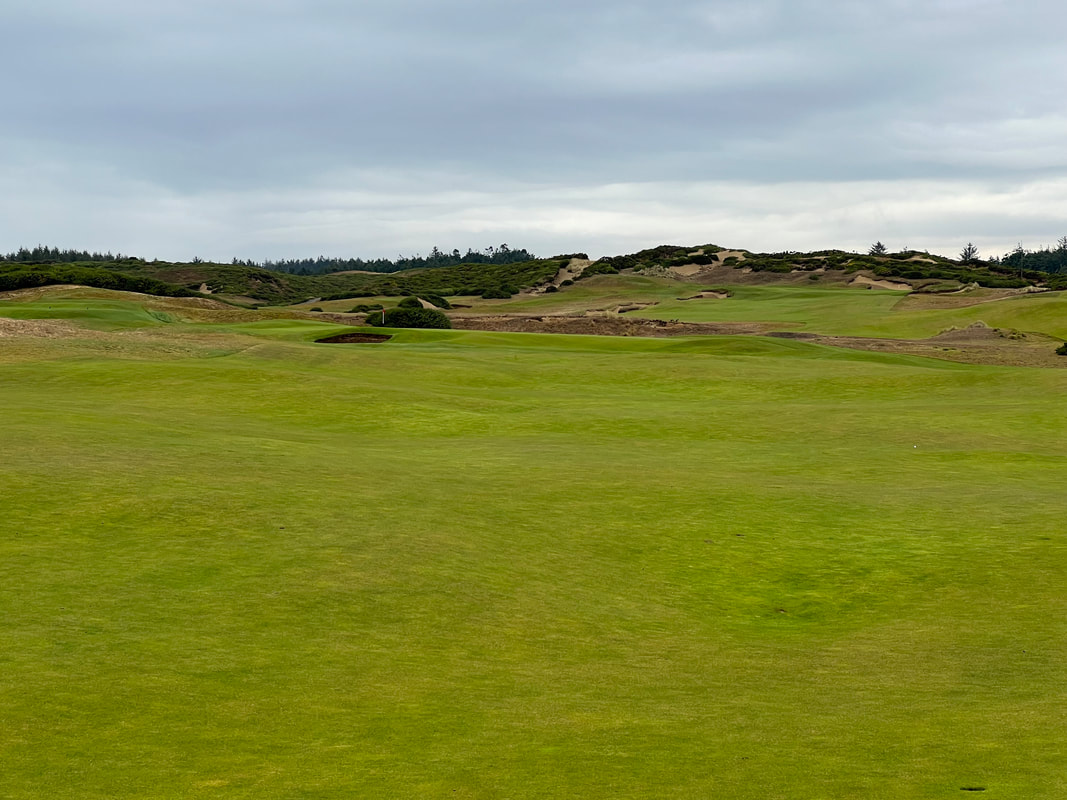
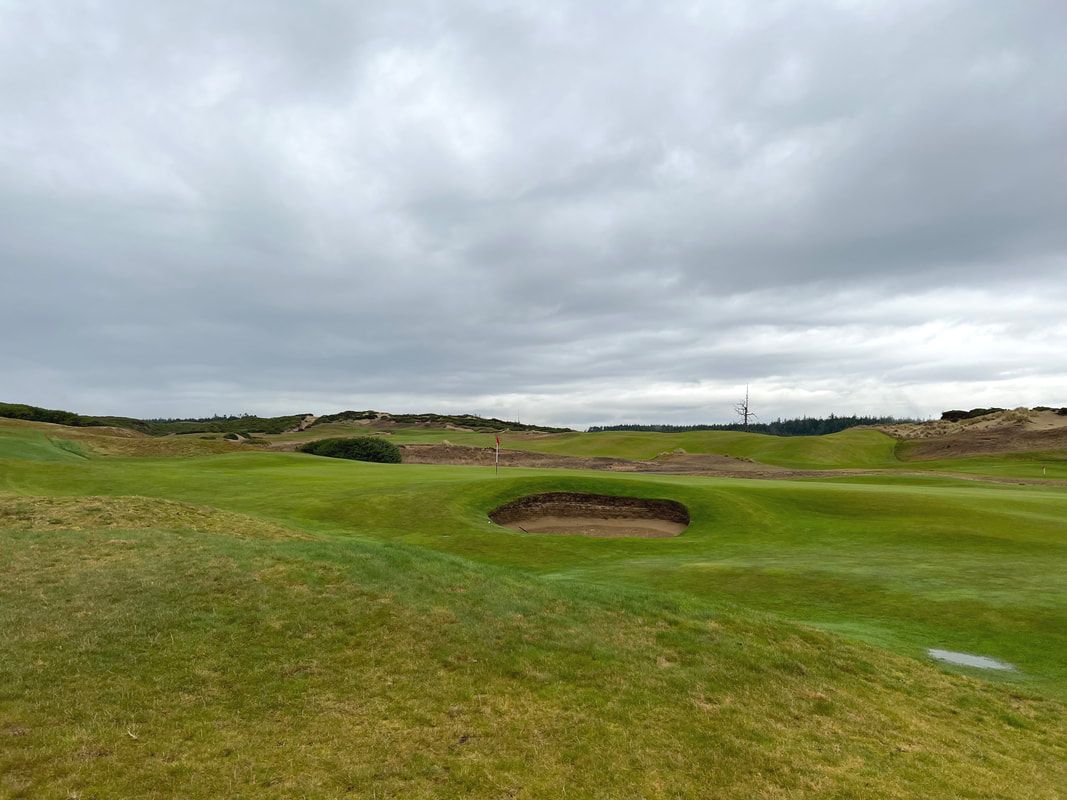
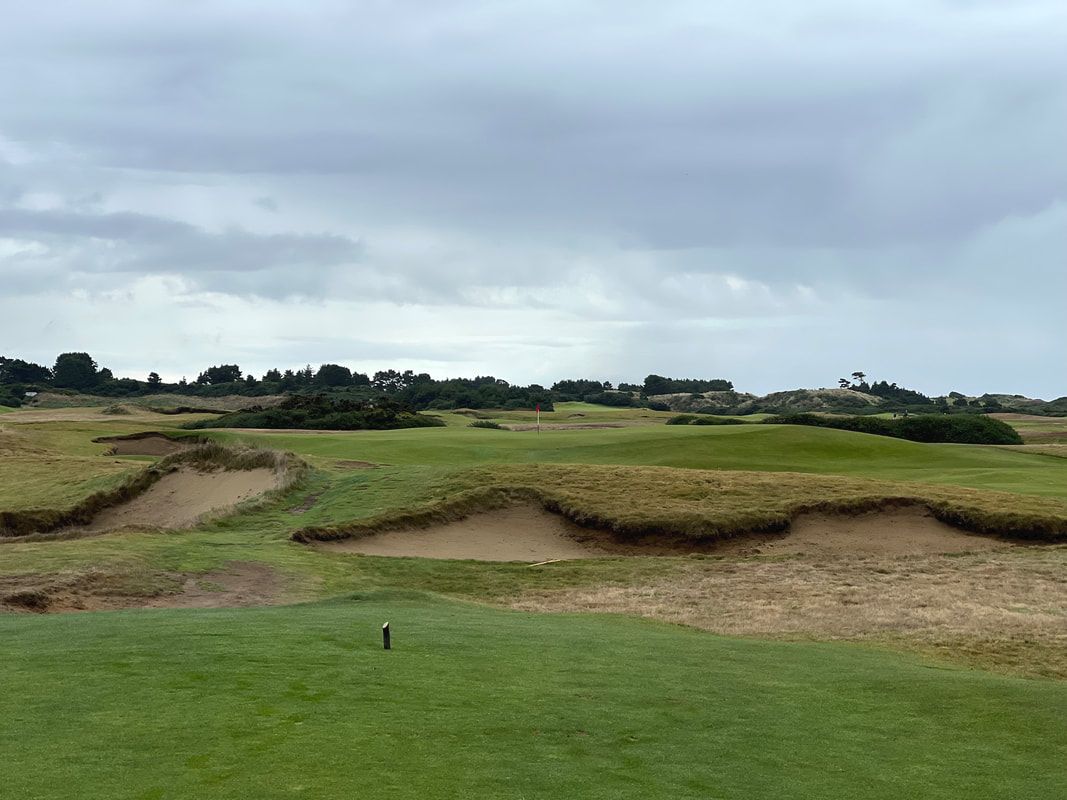
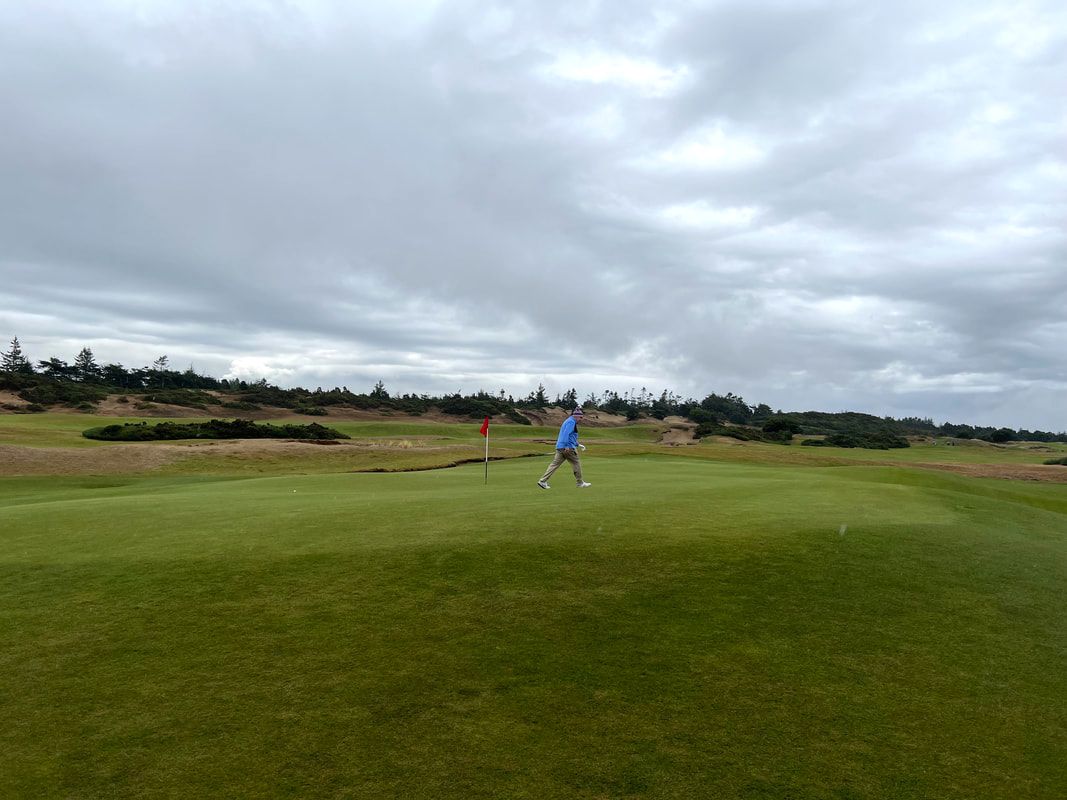
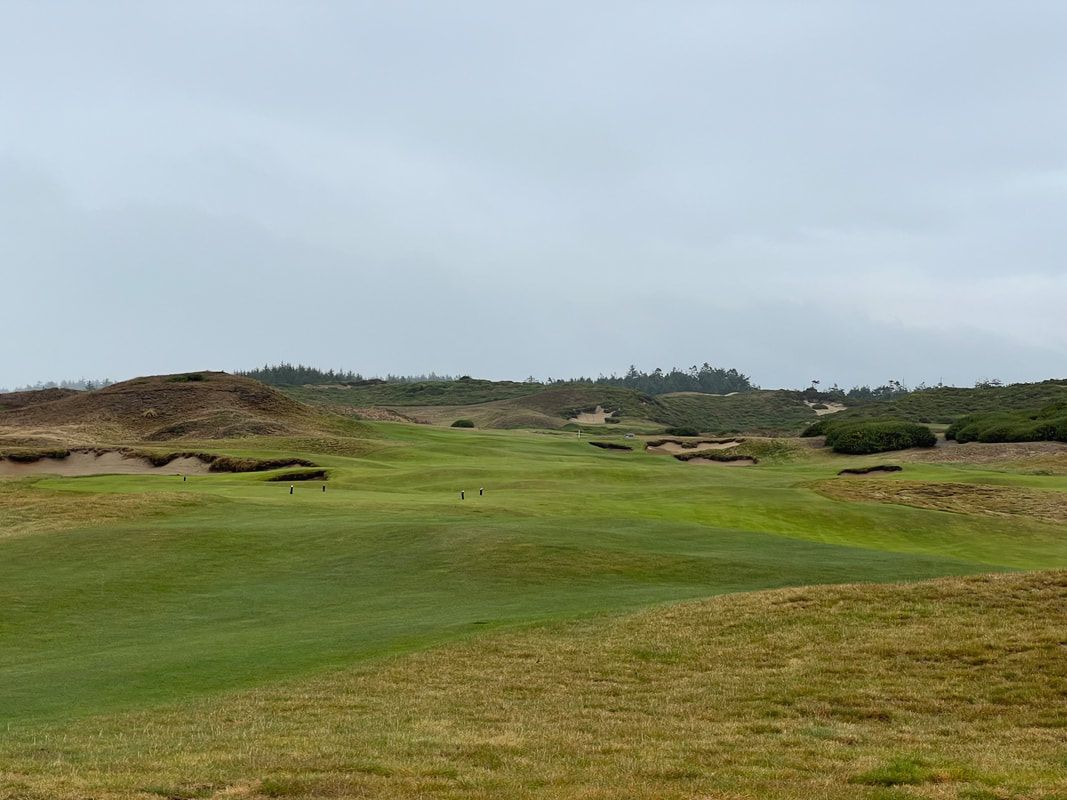
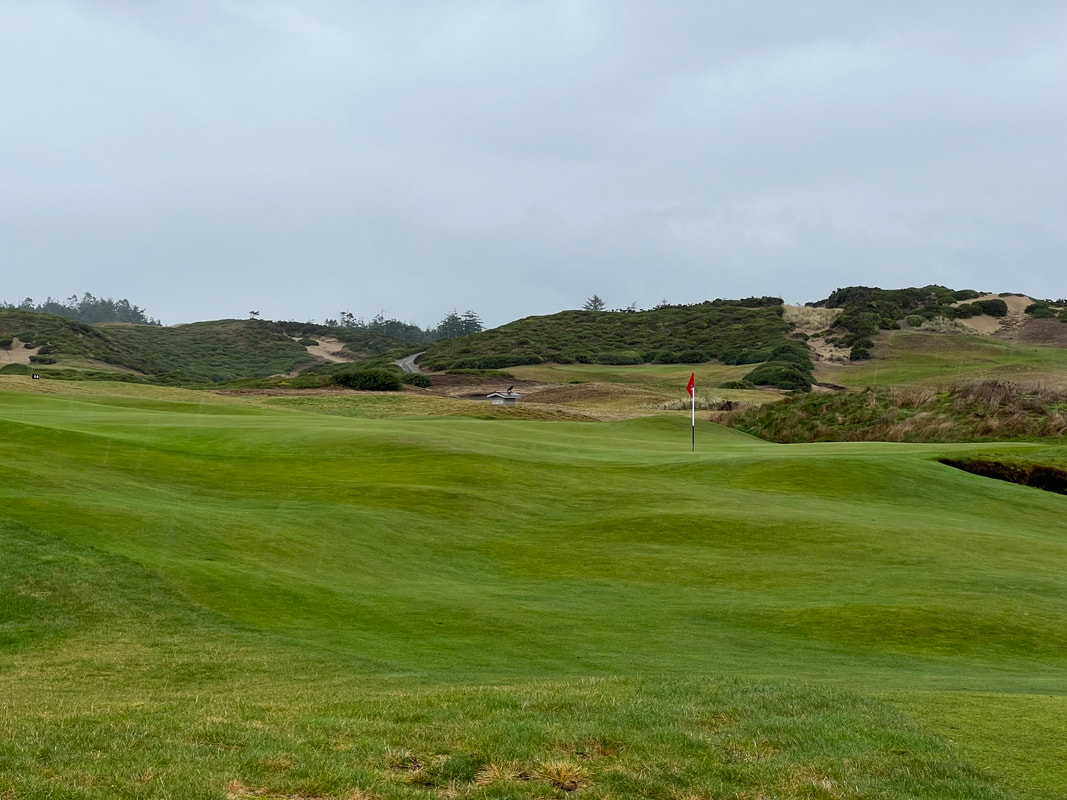
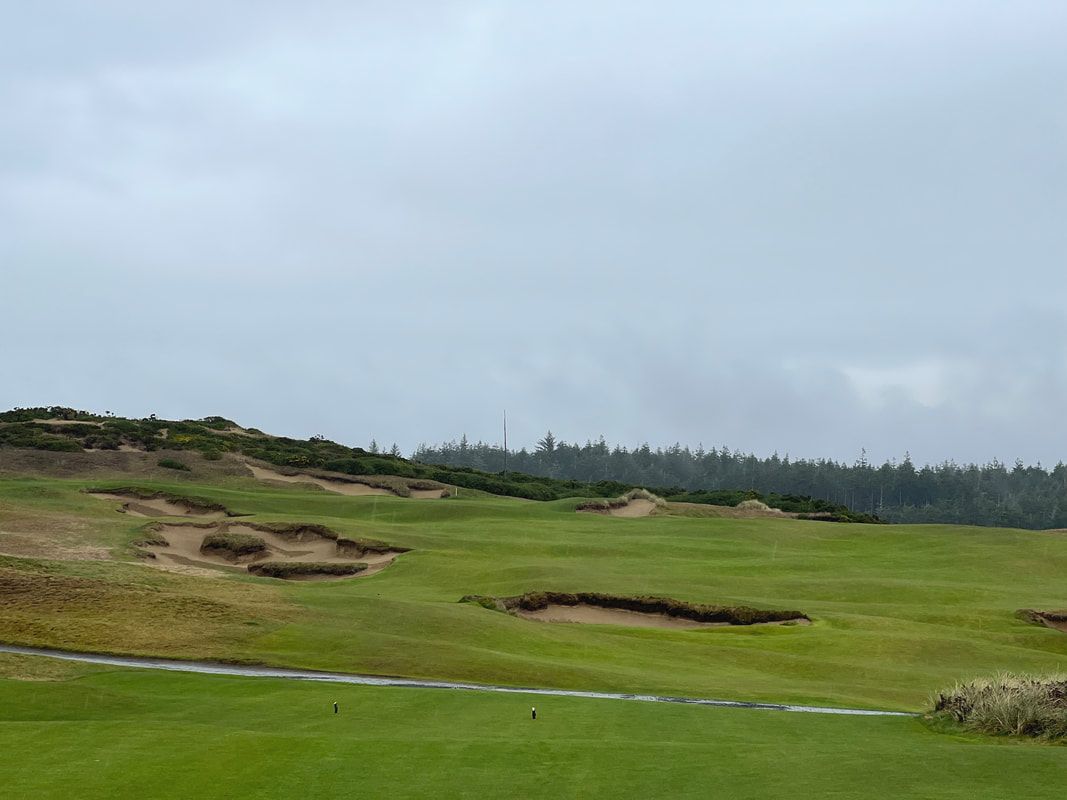
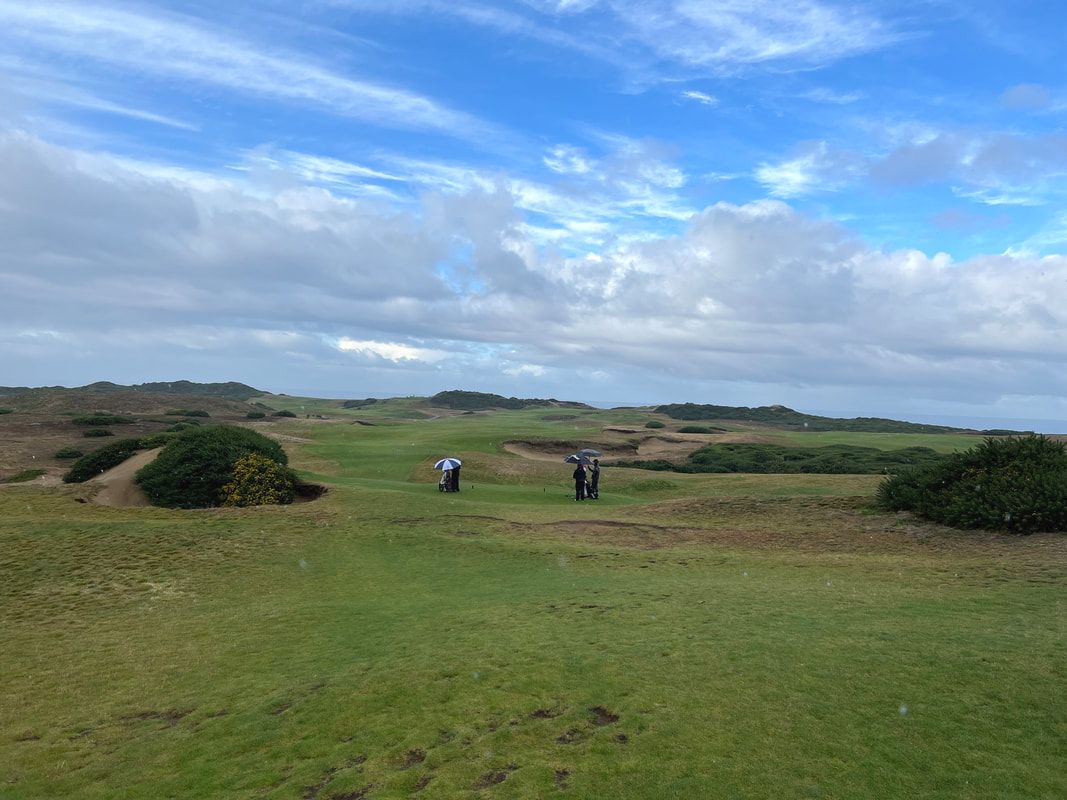
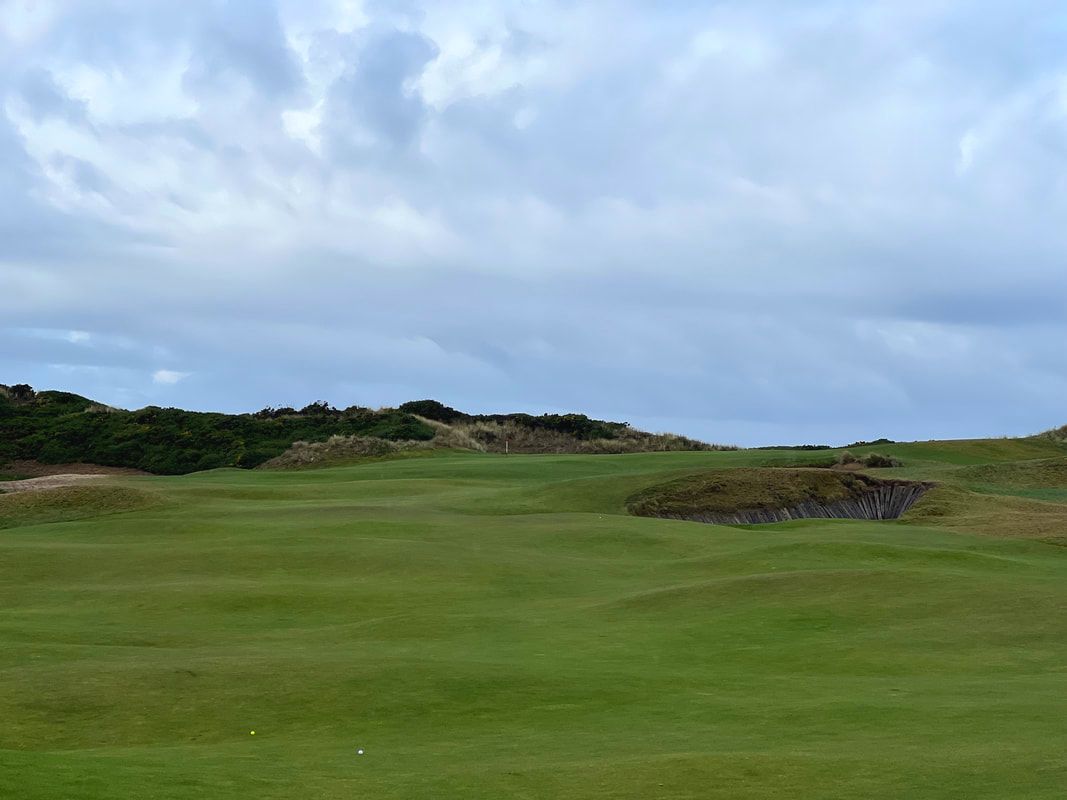
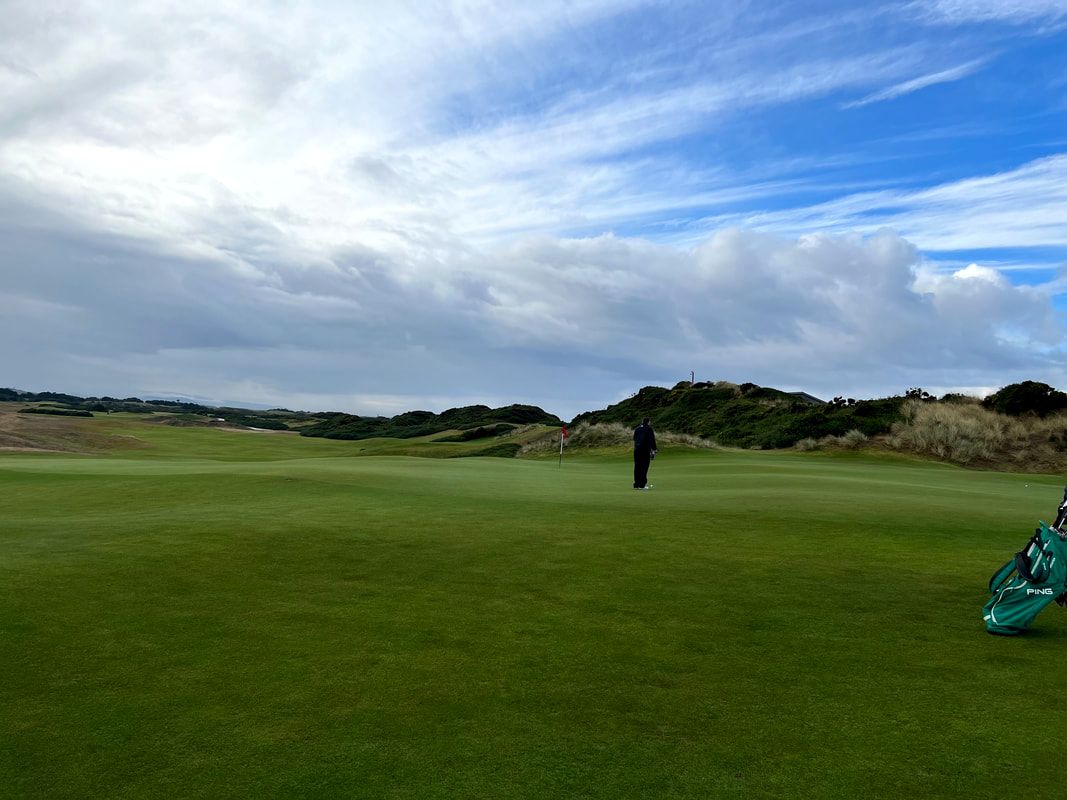
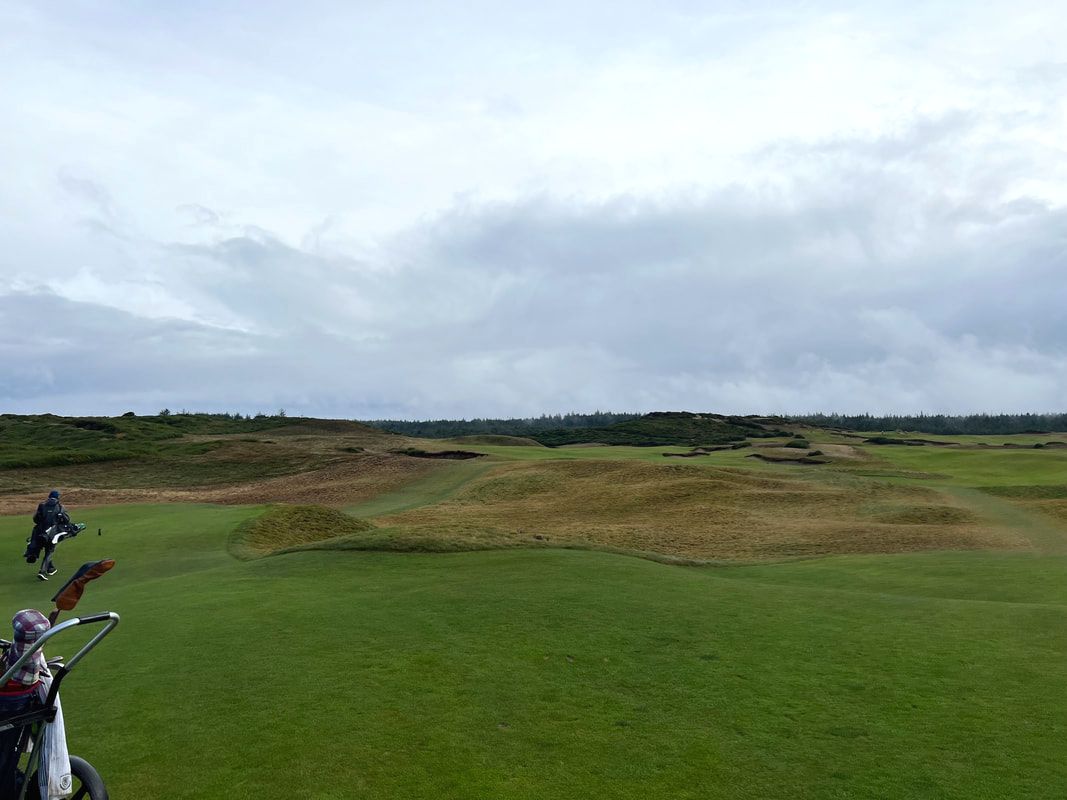
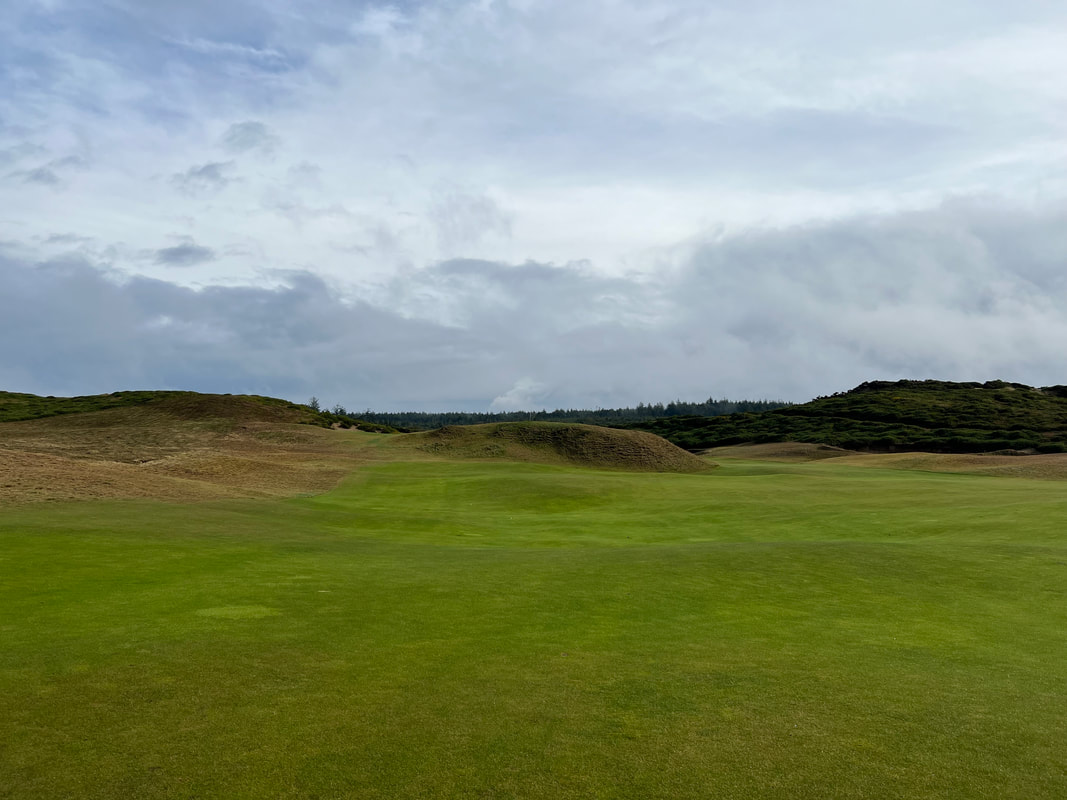
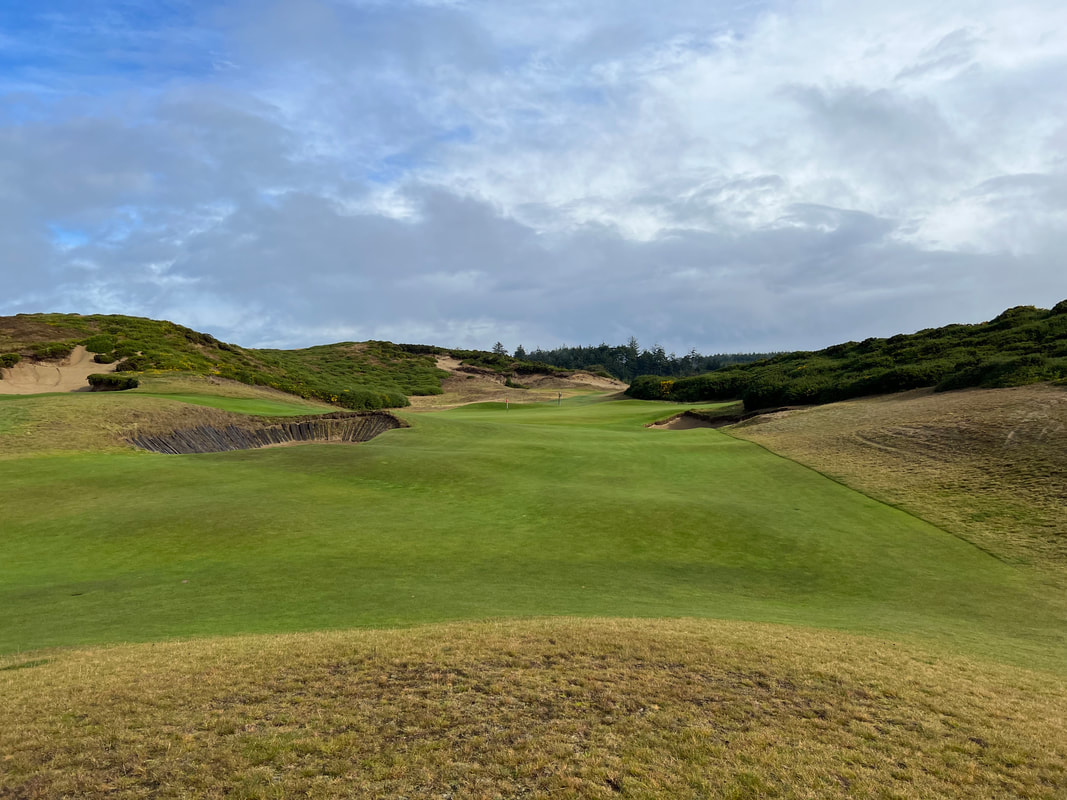
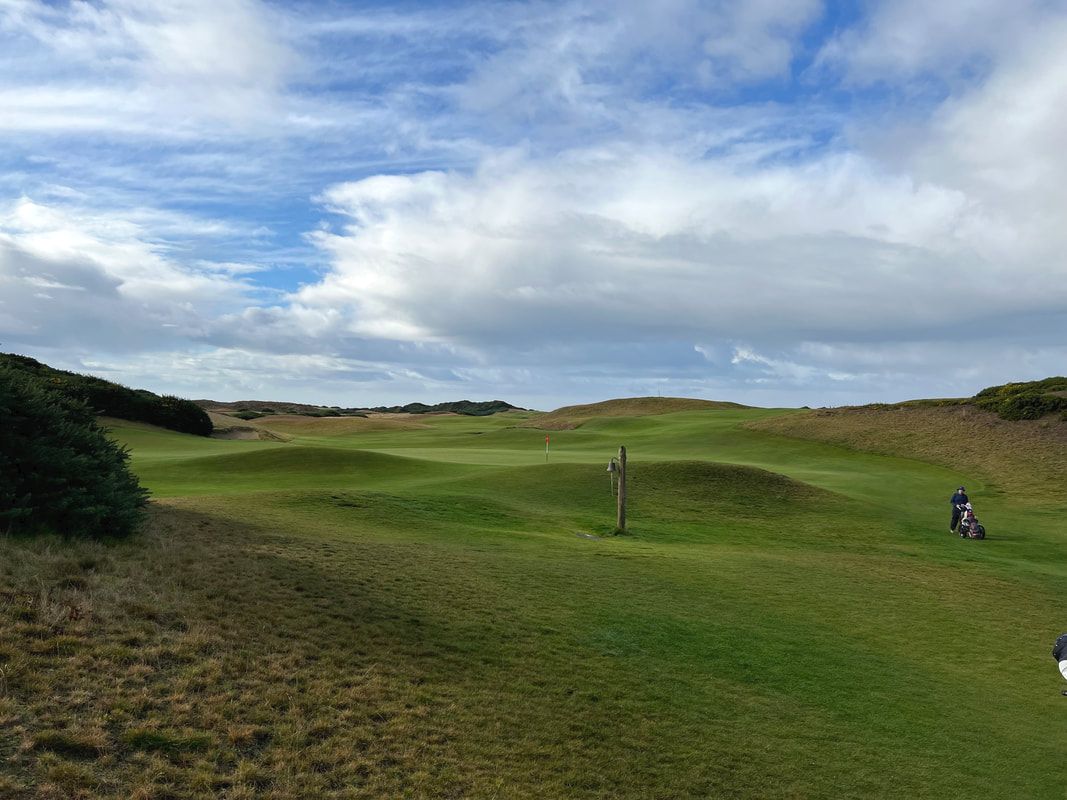
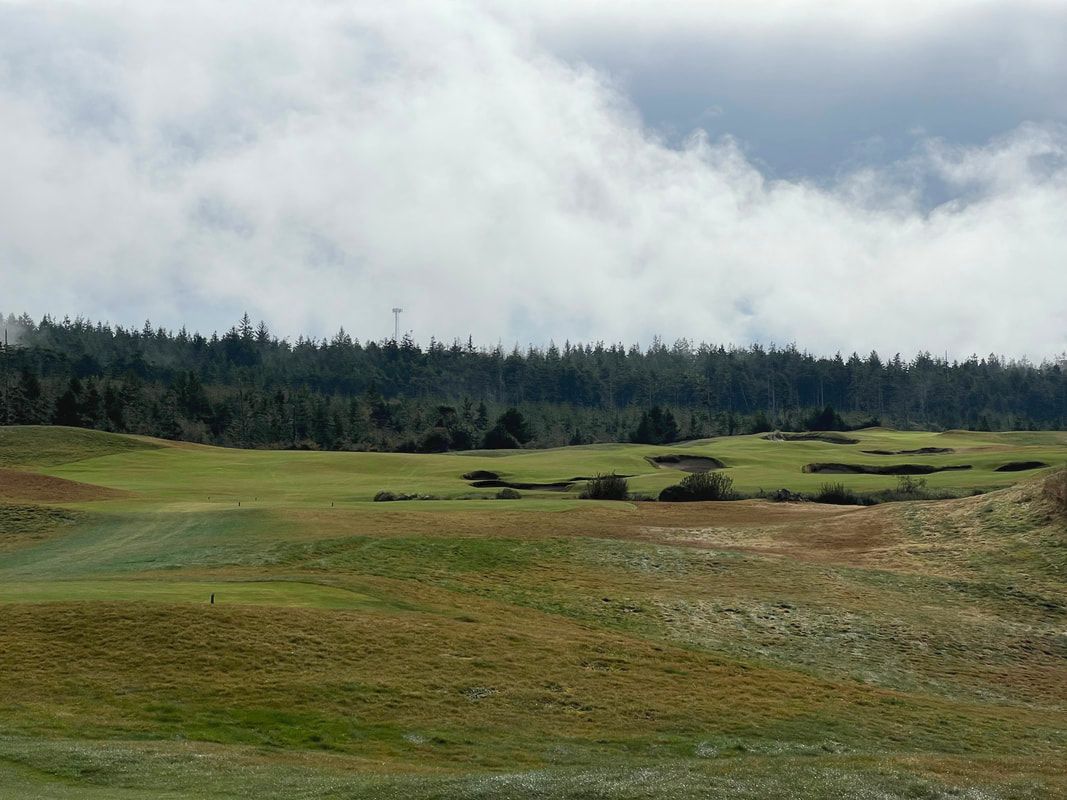
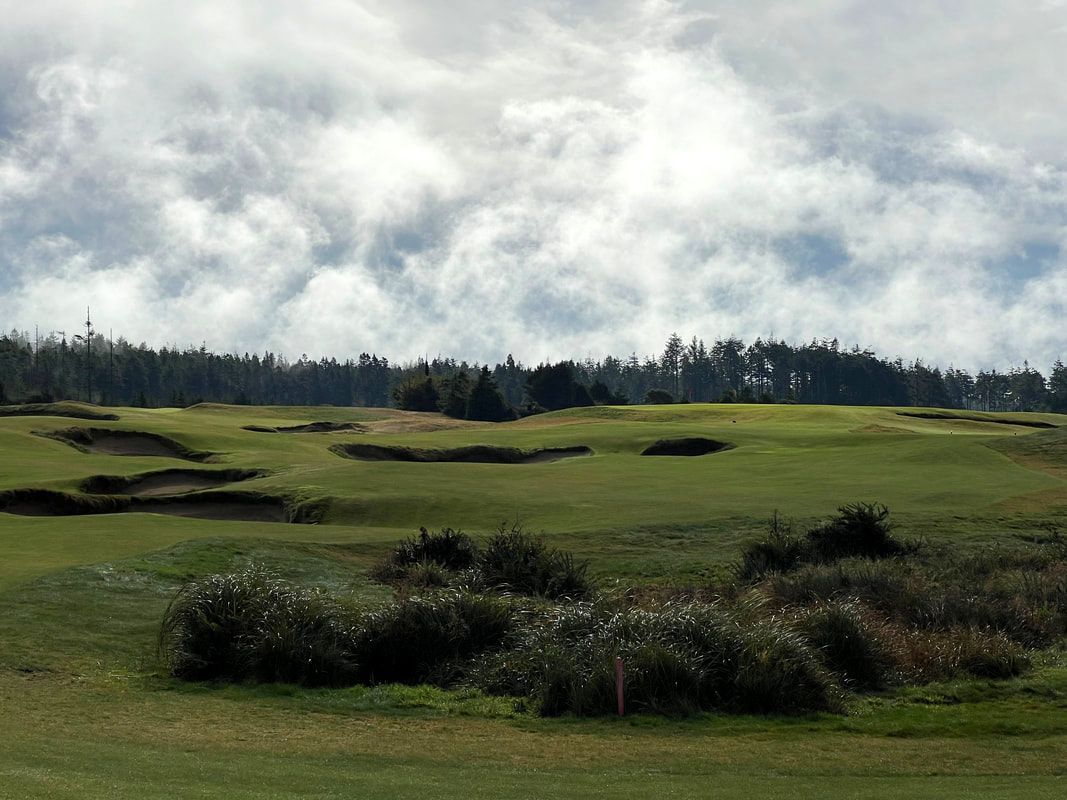
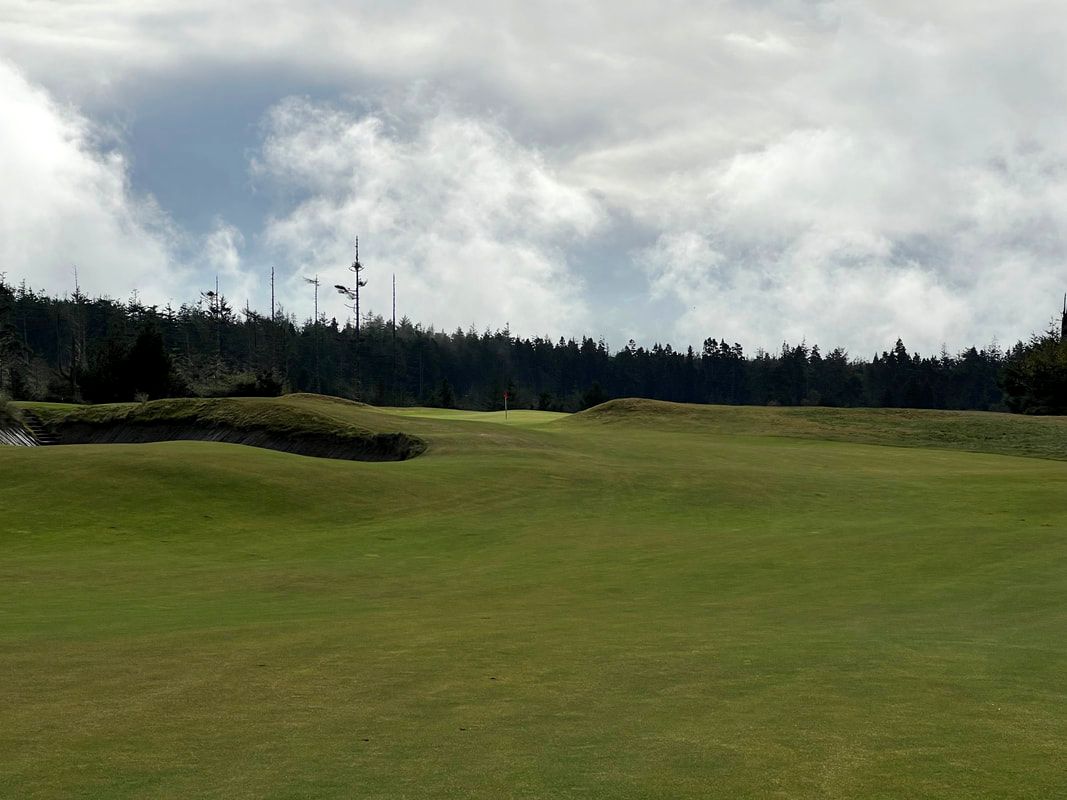
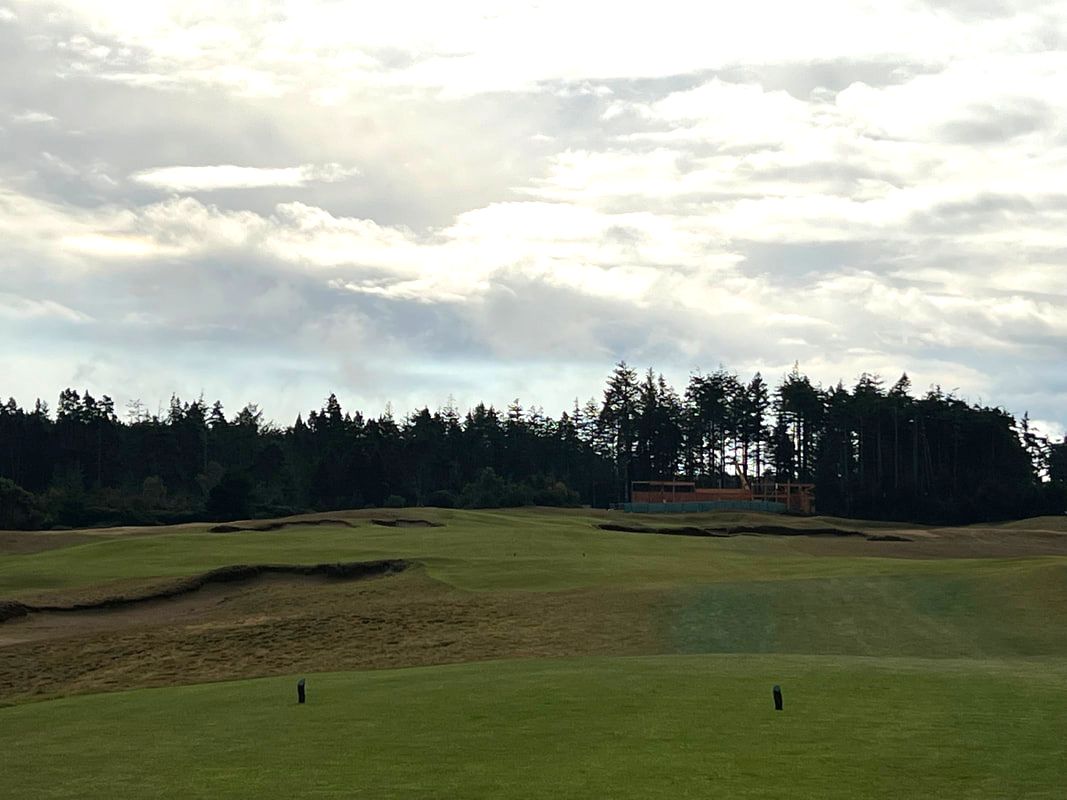
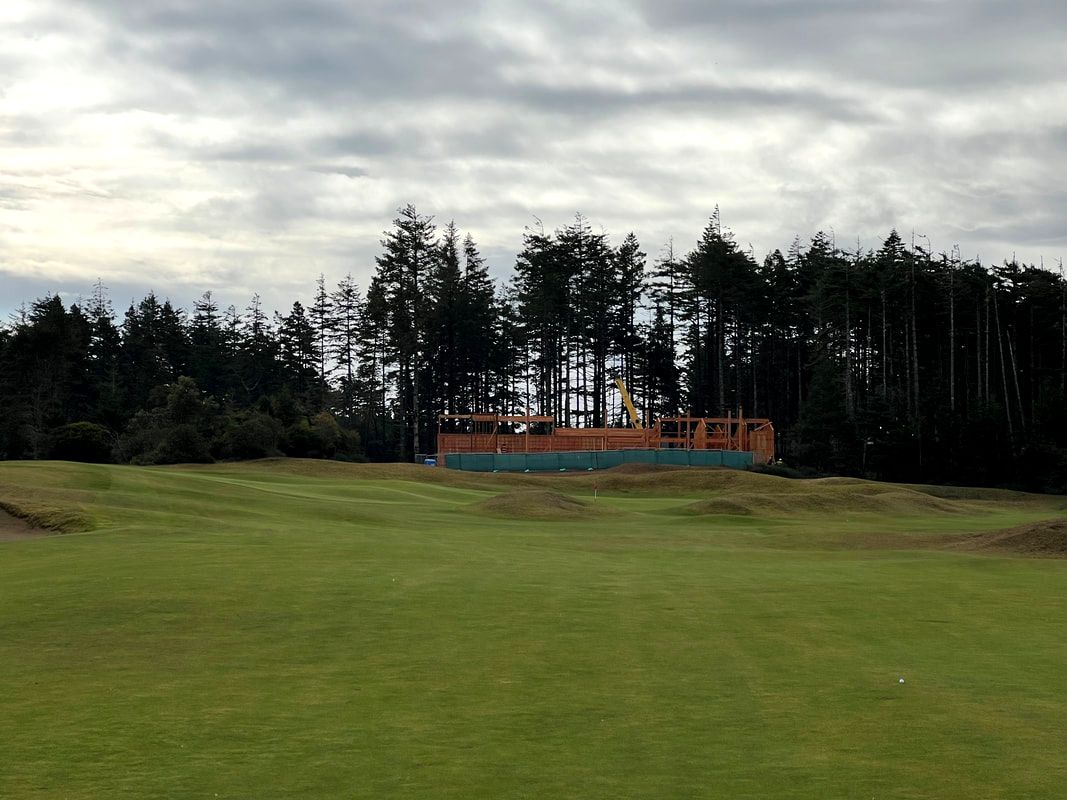
 RSS Feed
RSS Feed